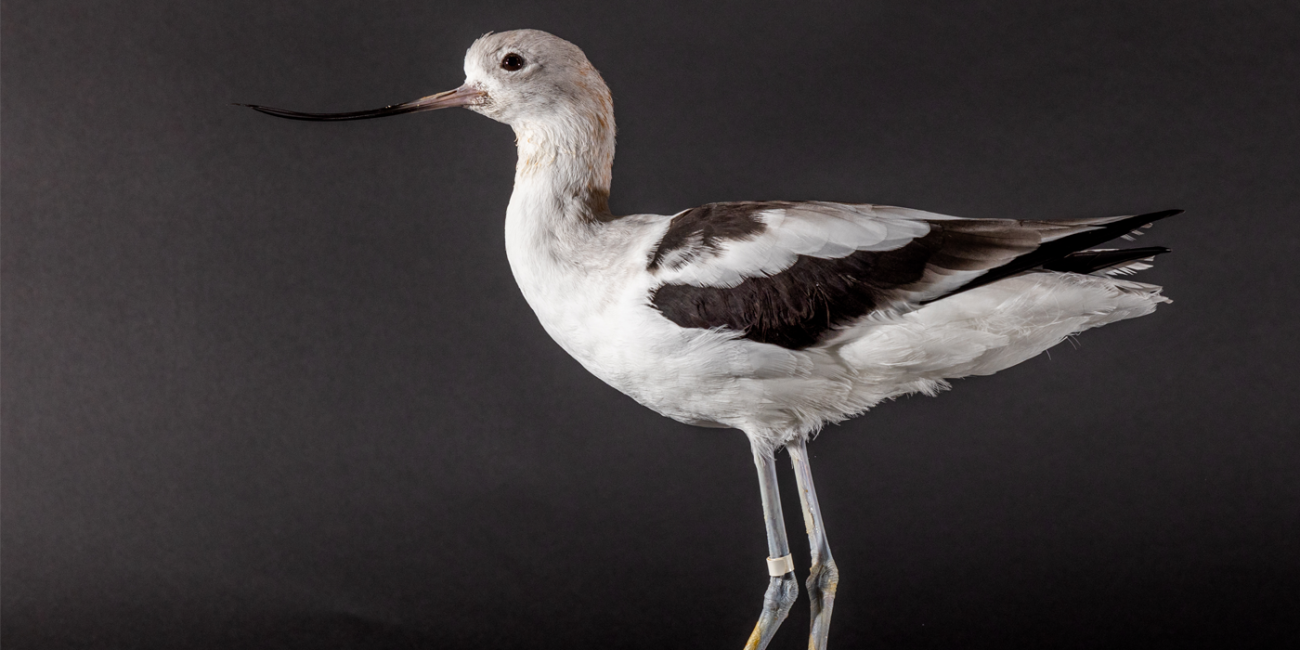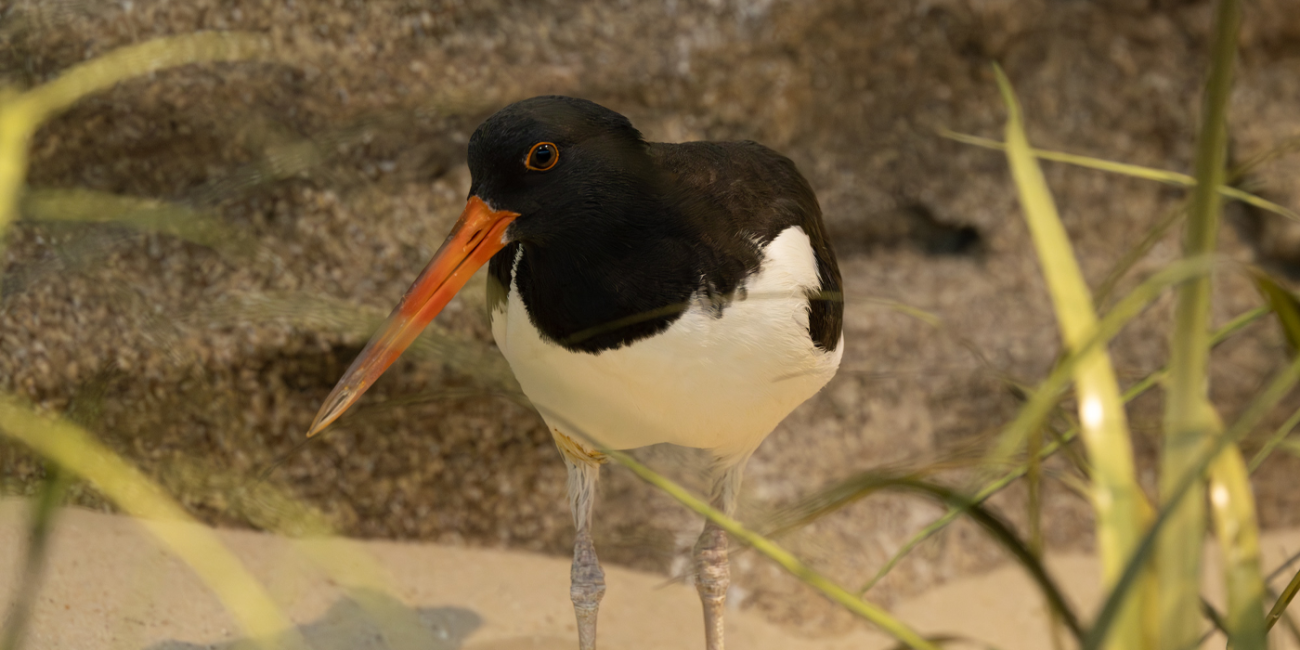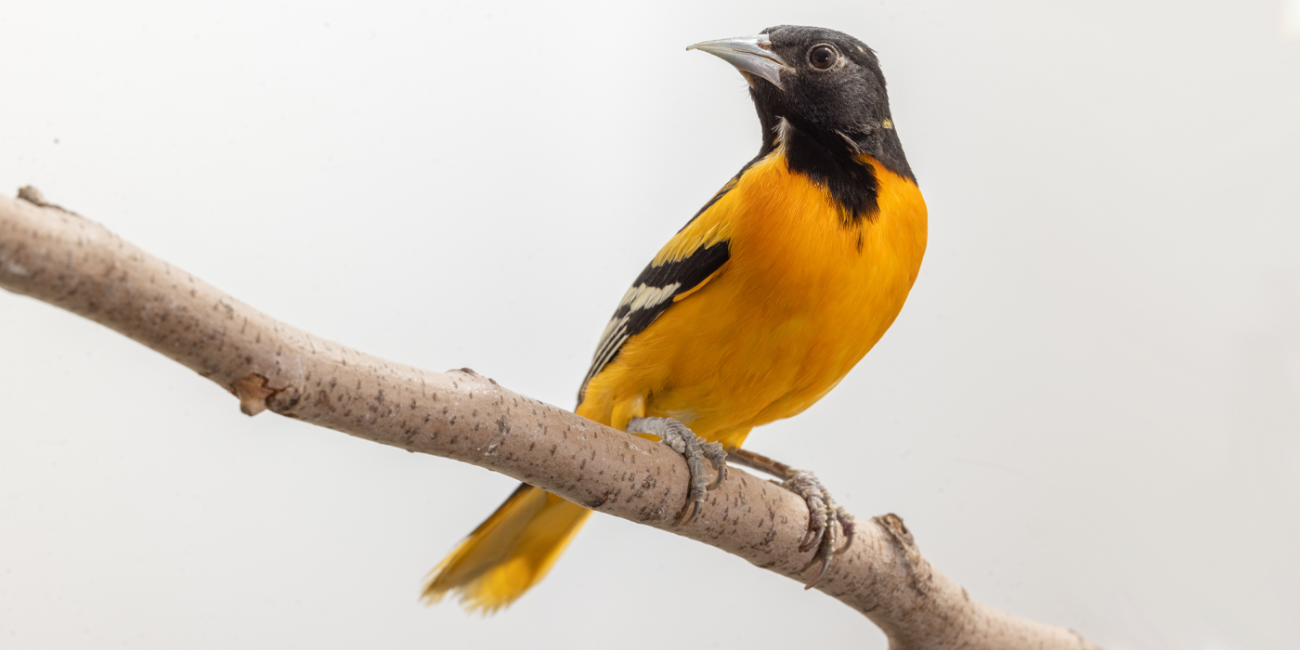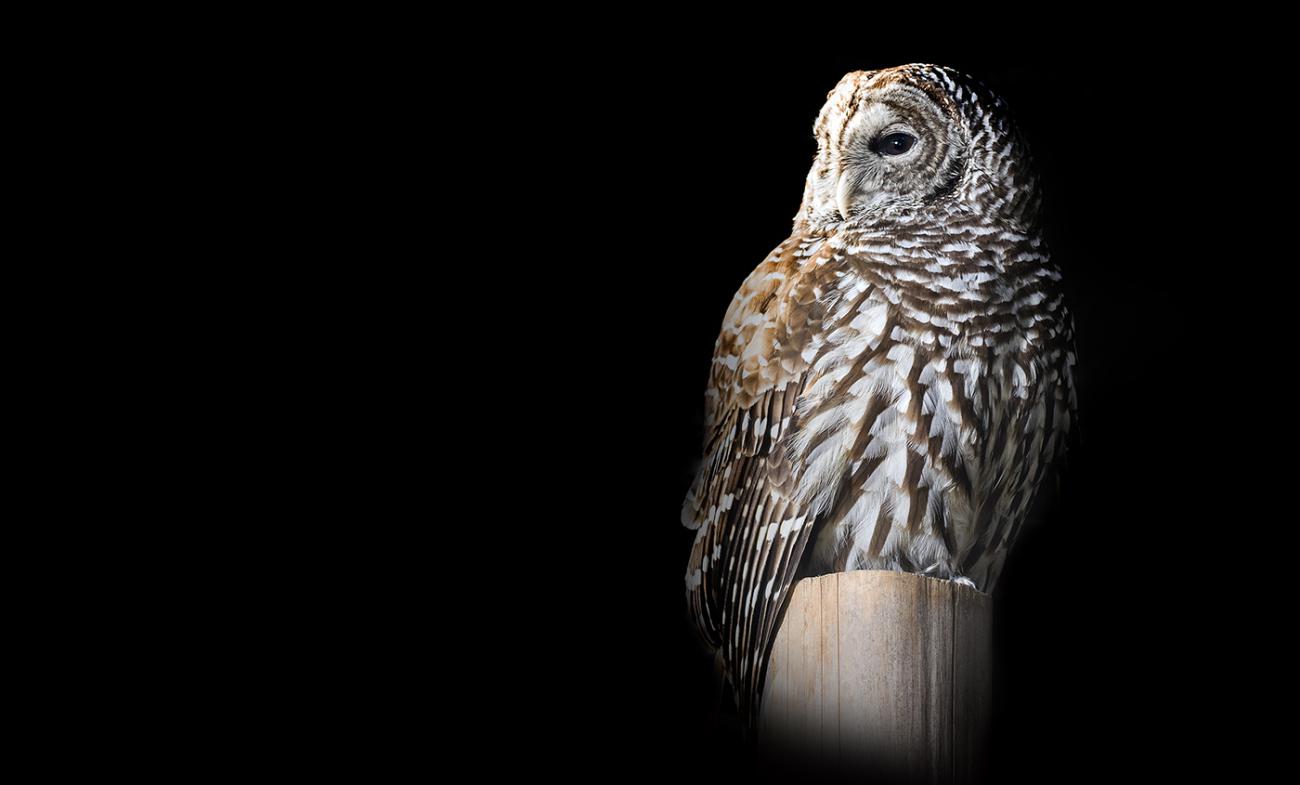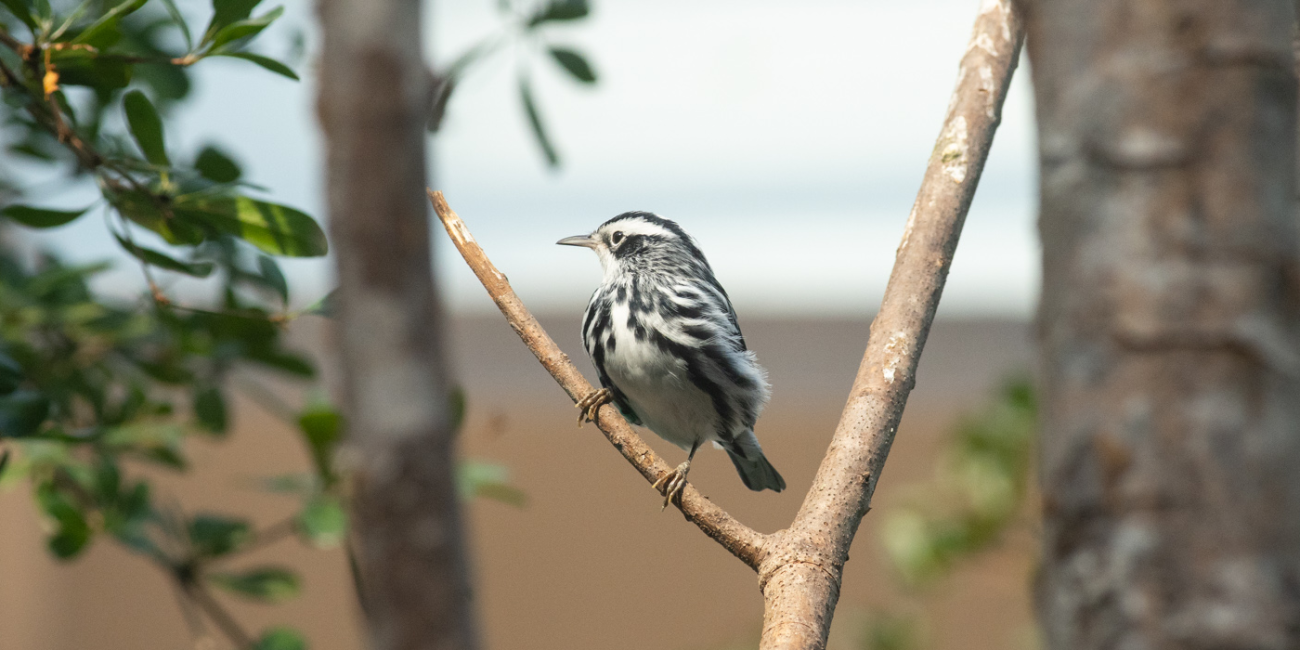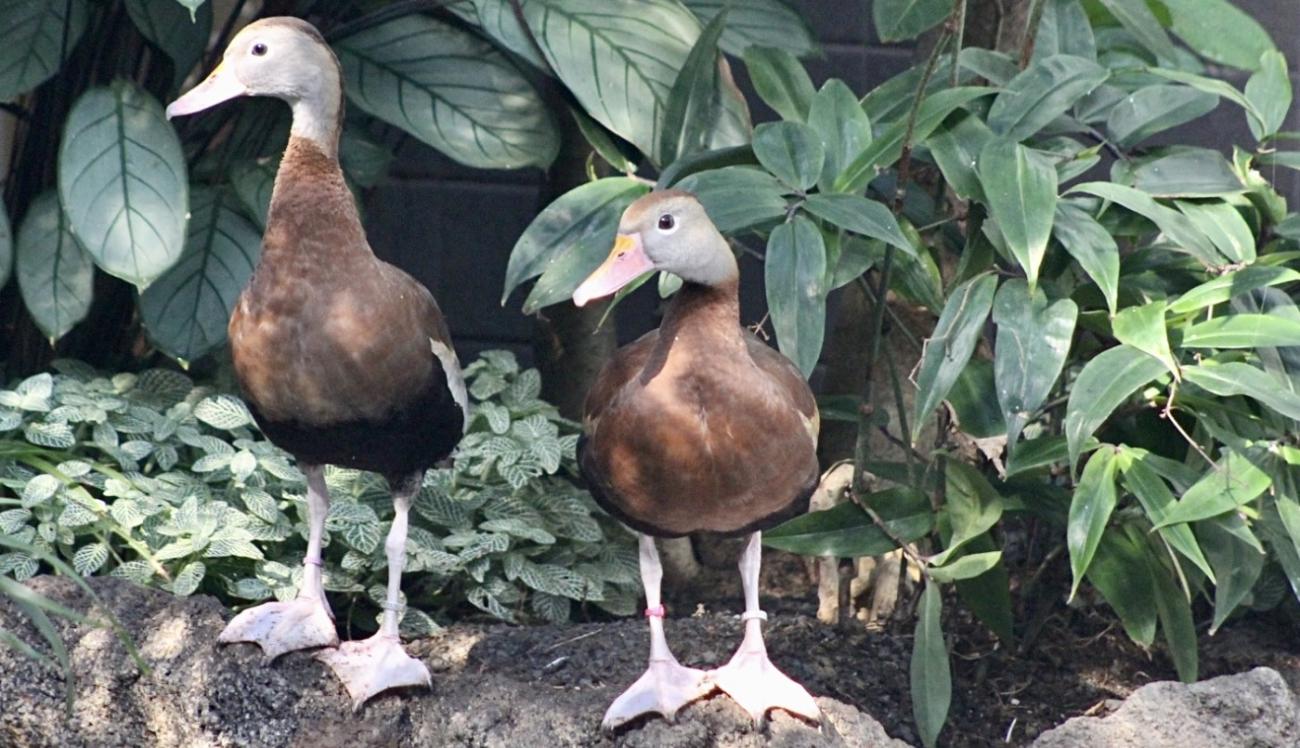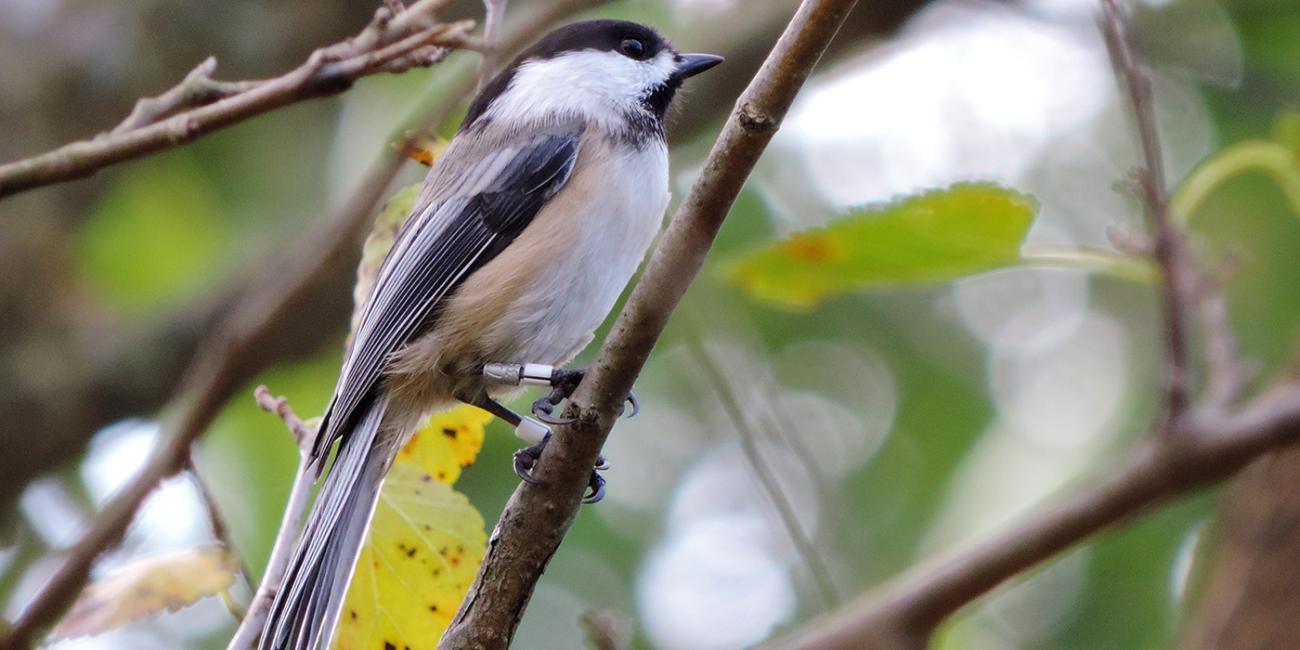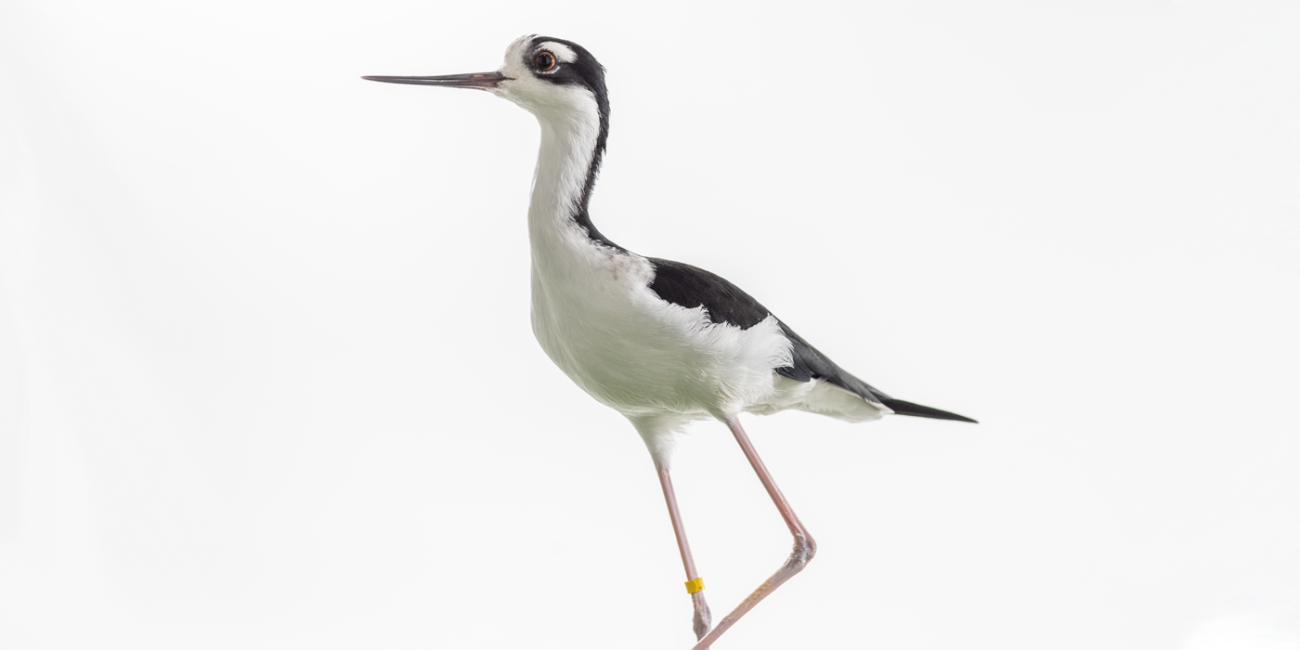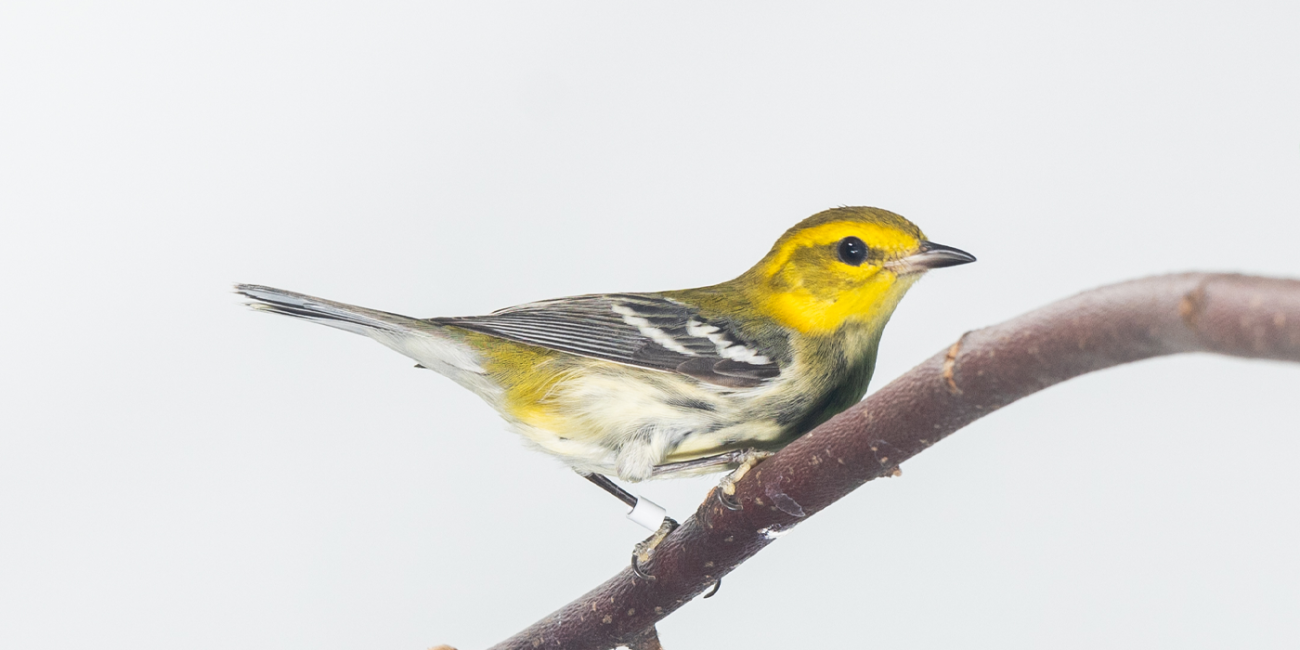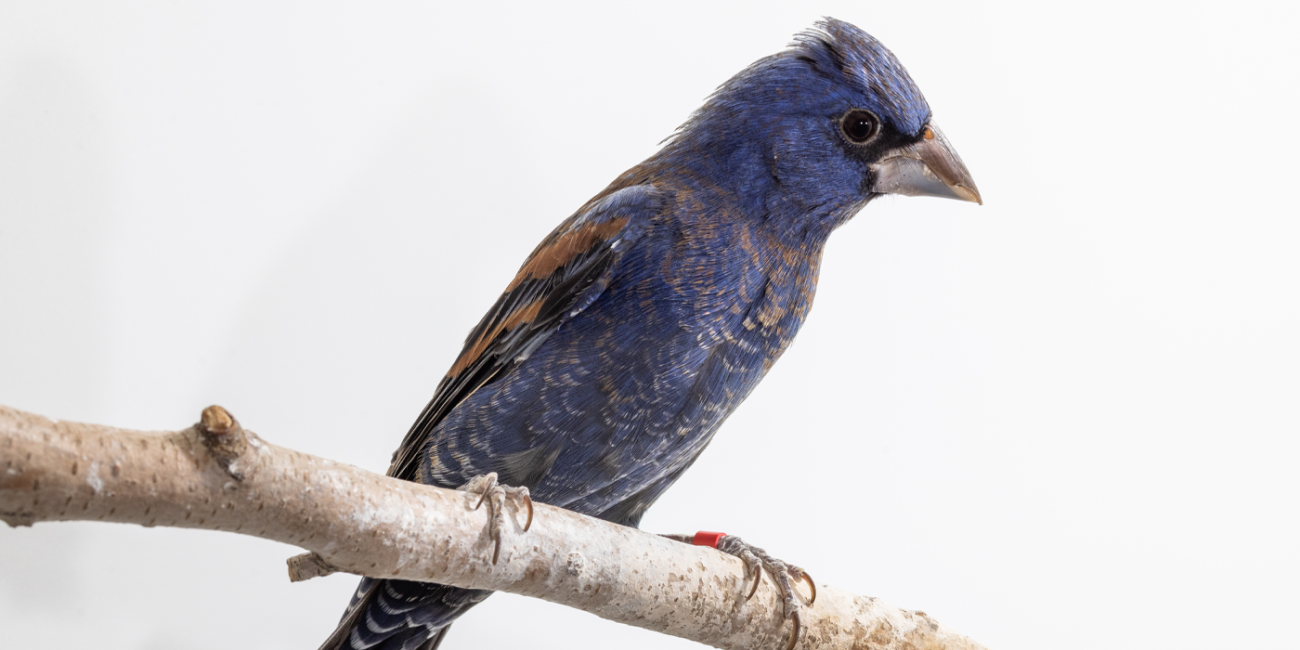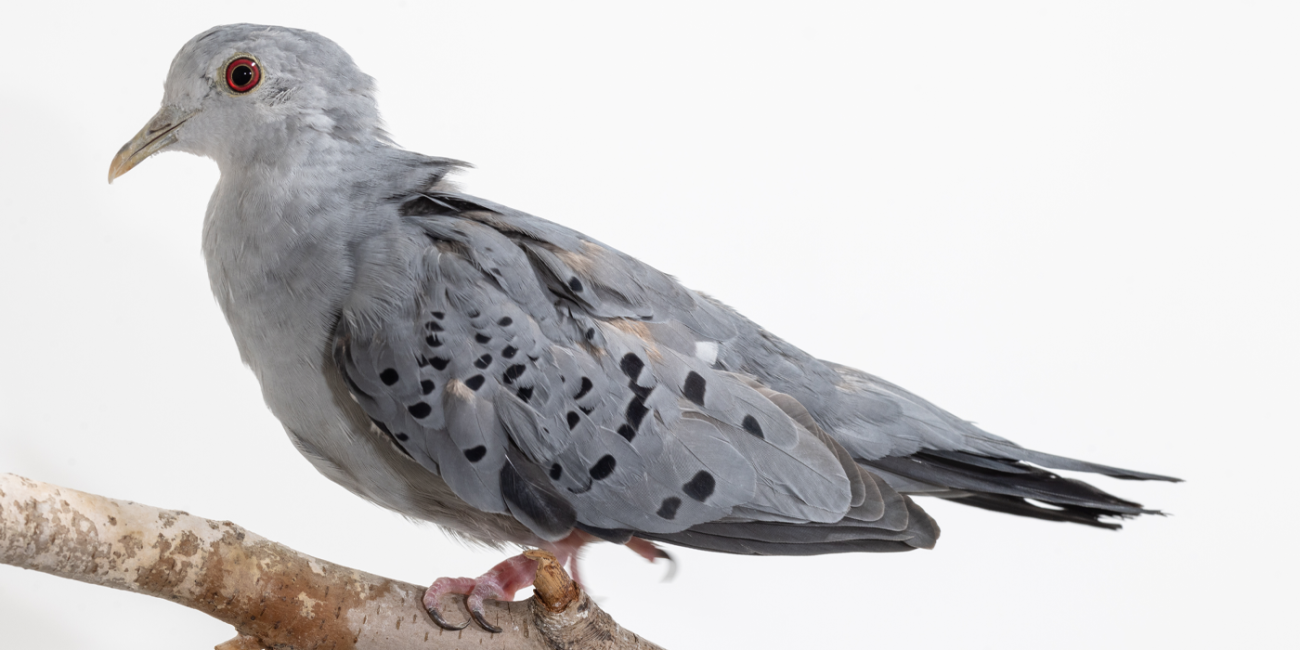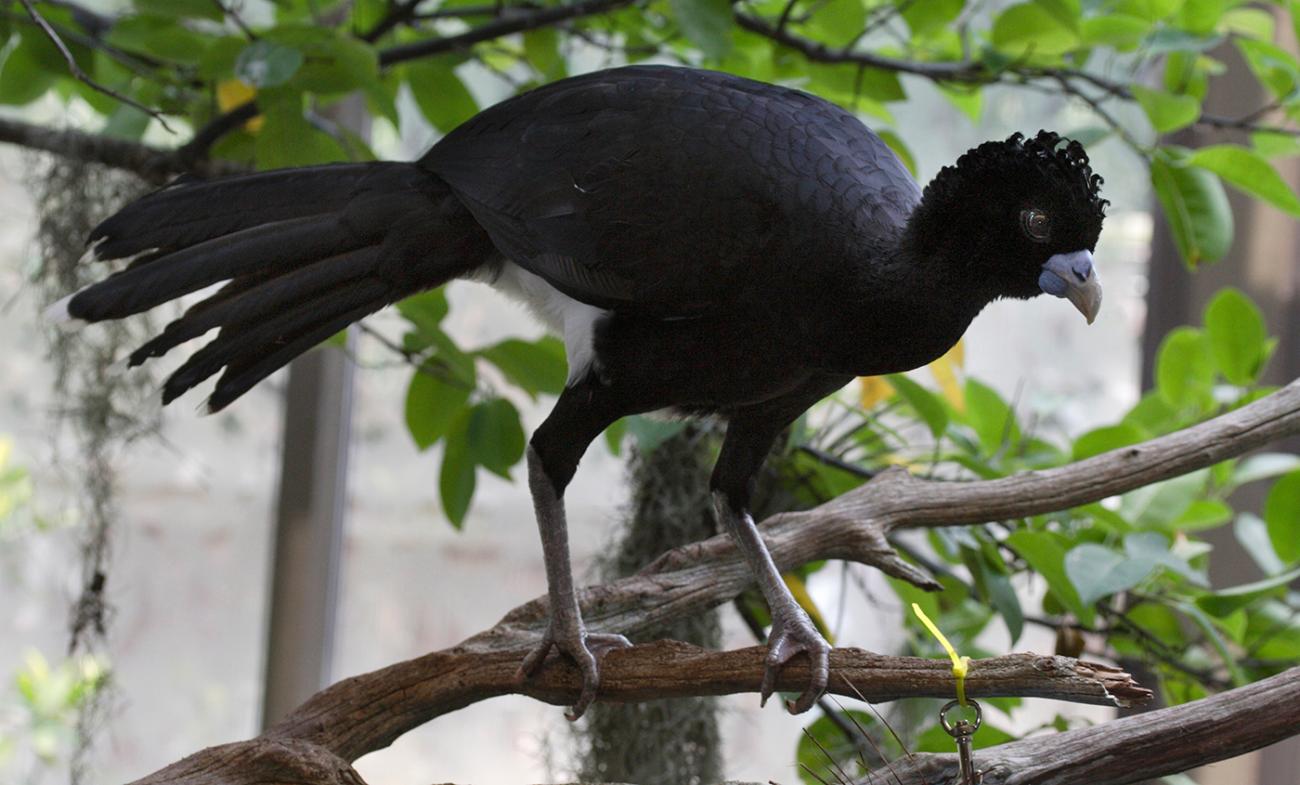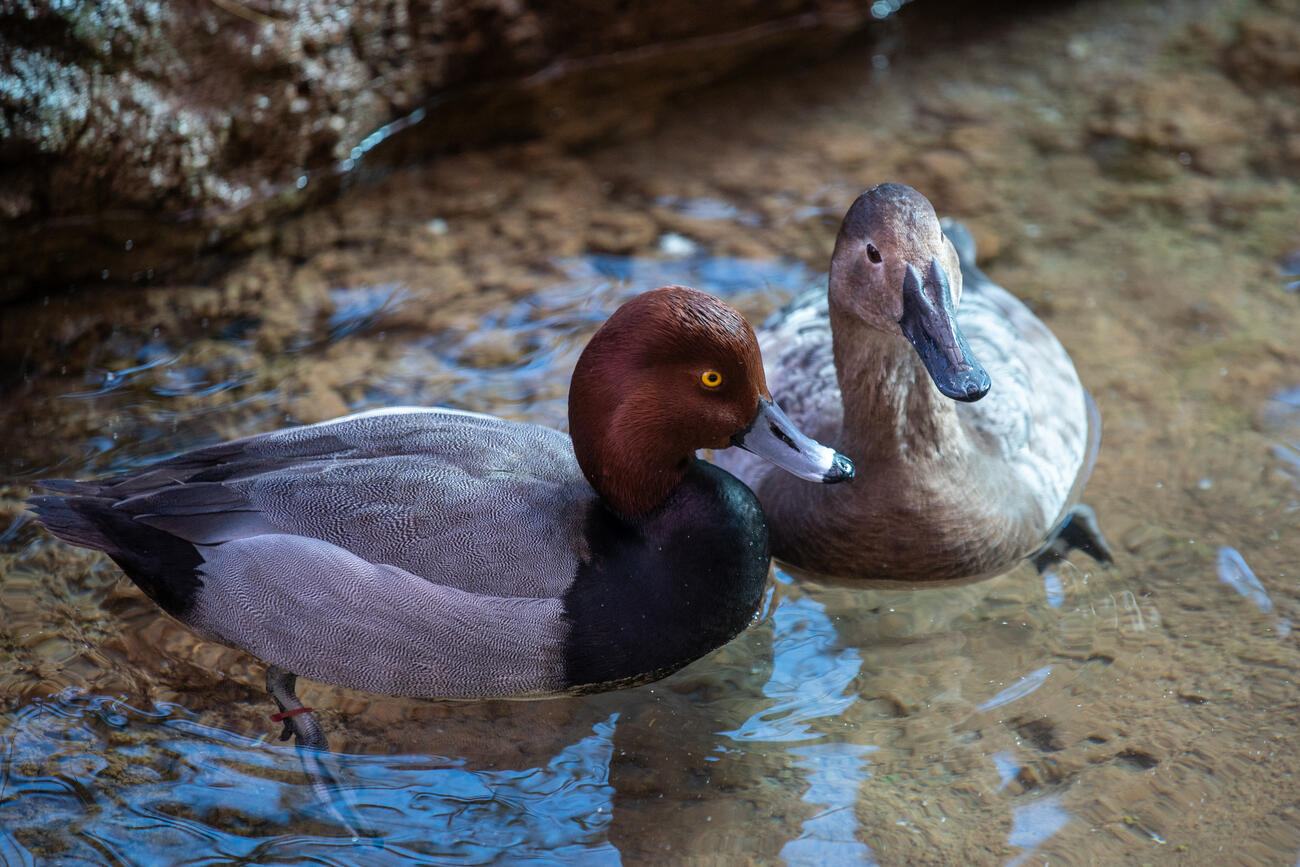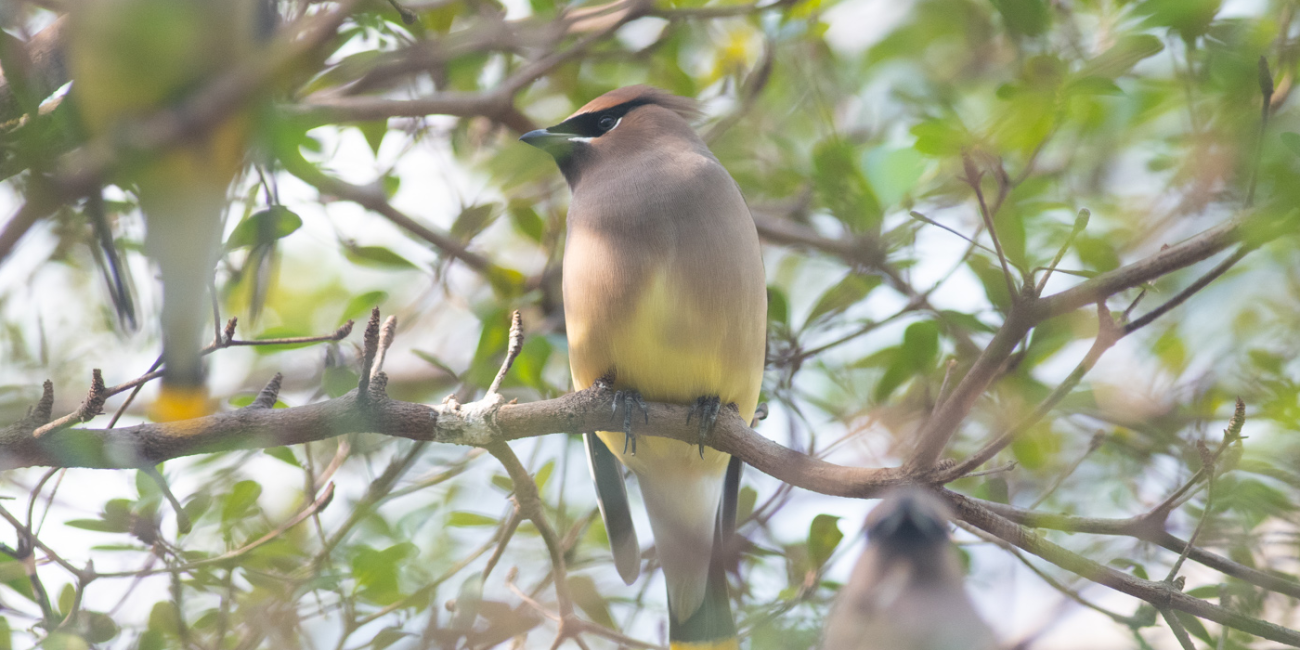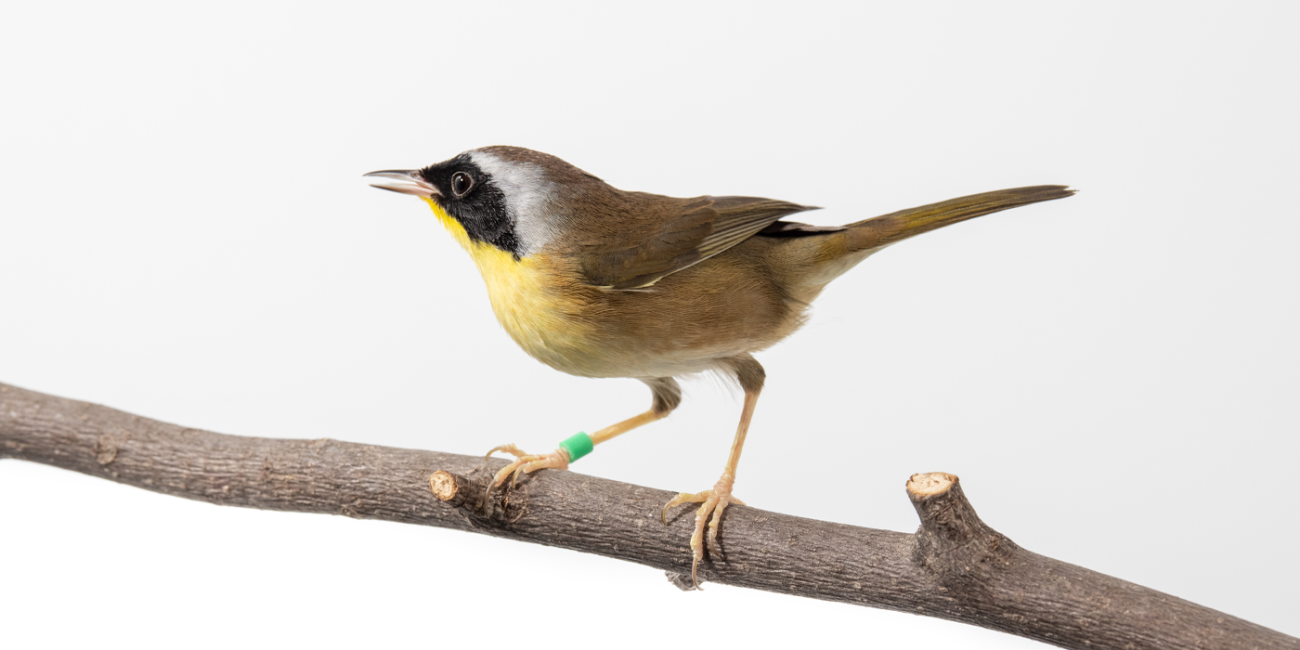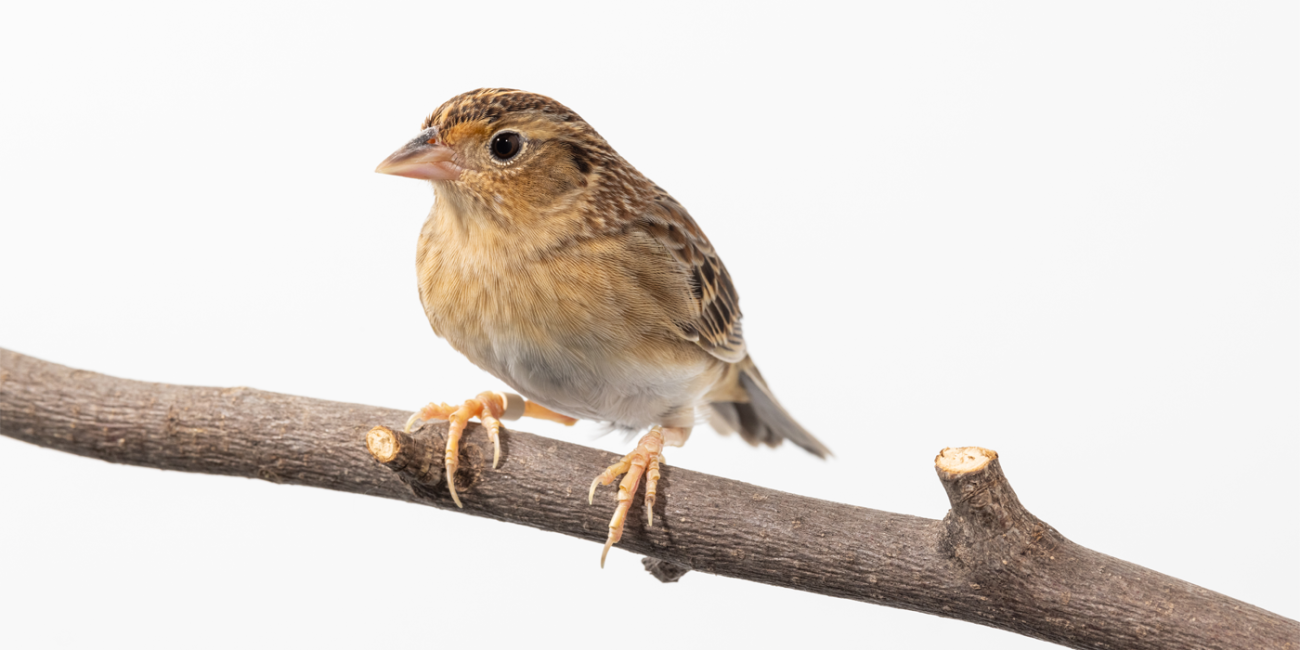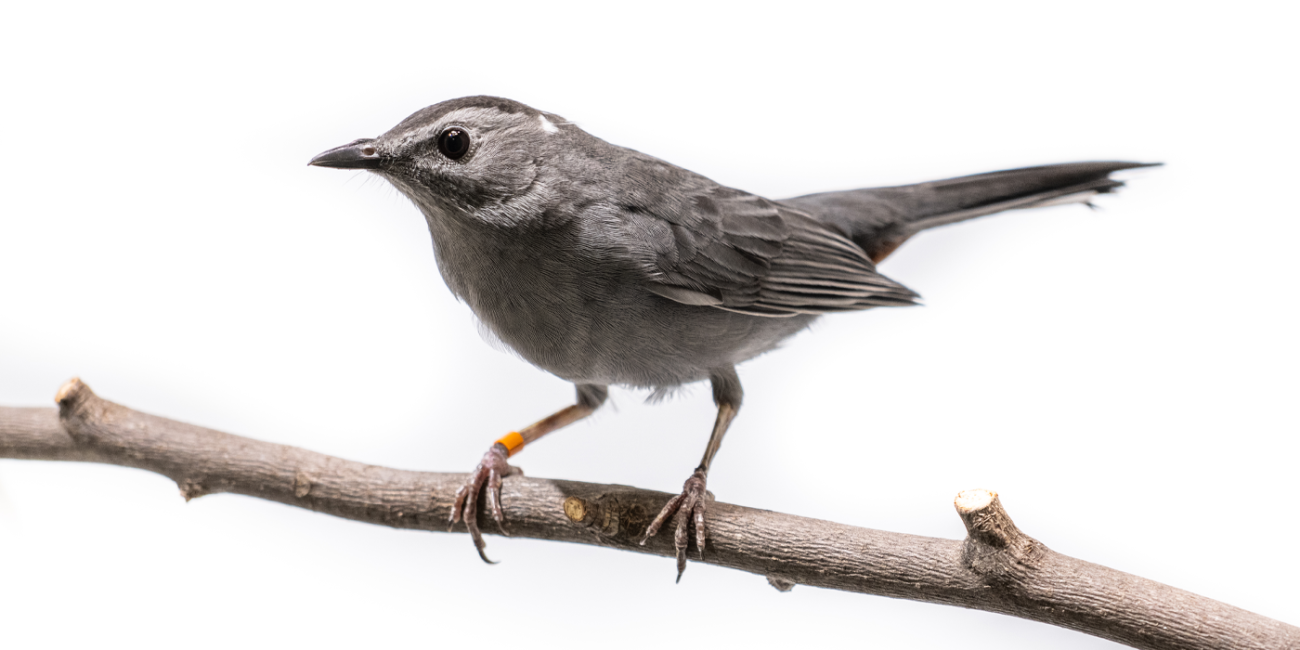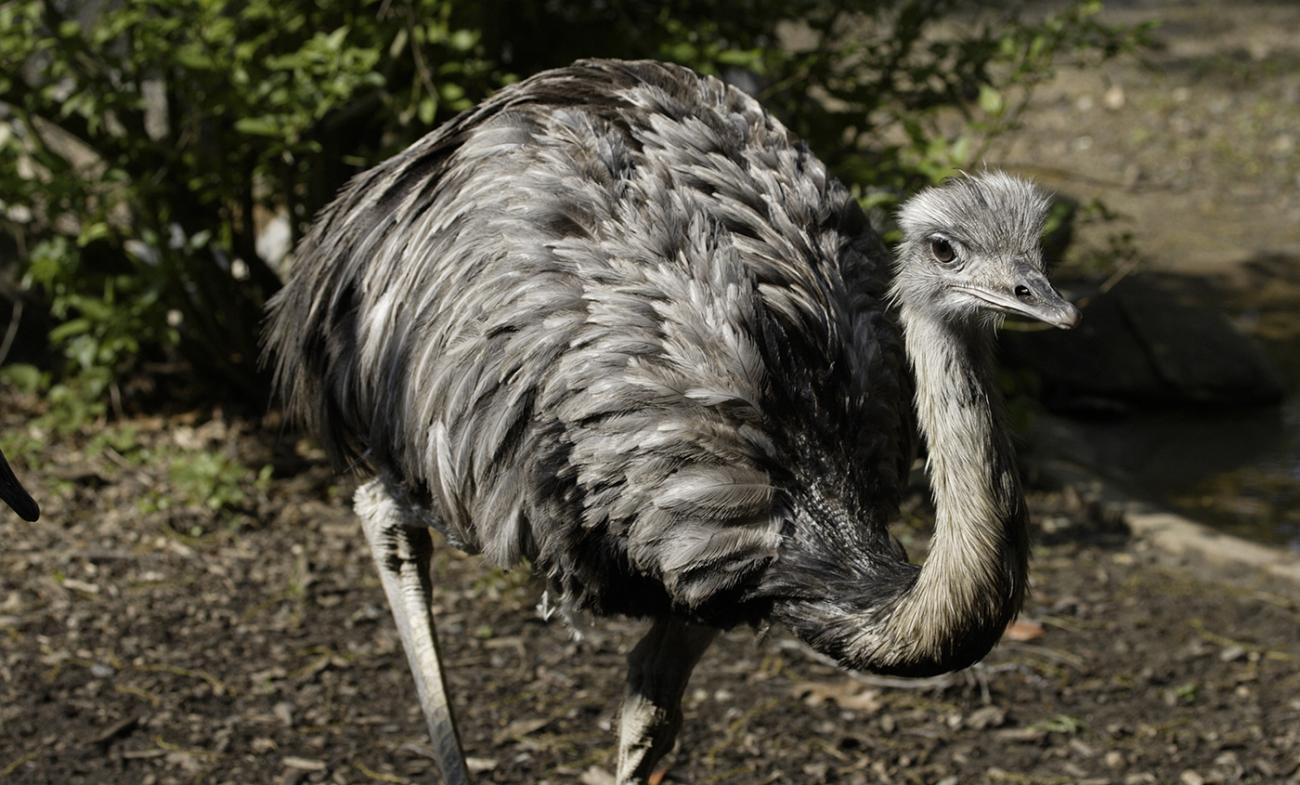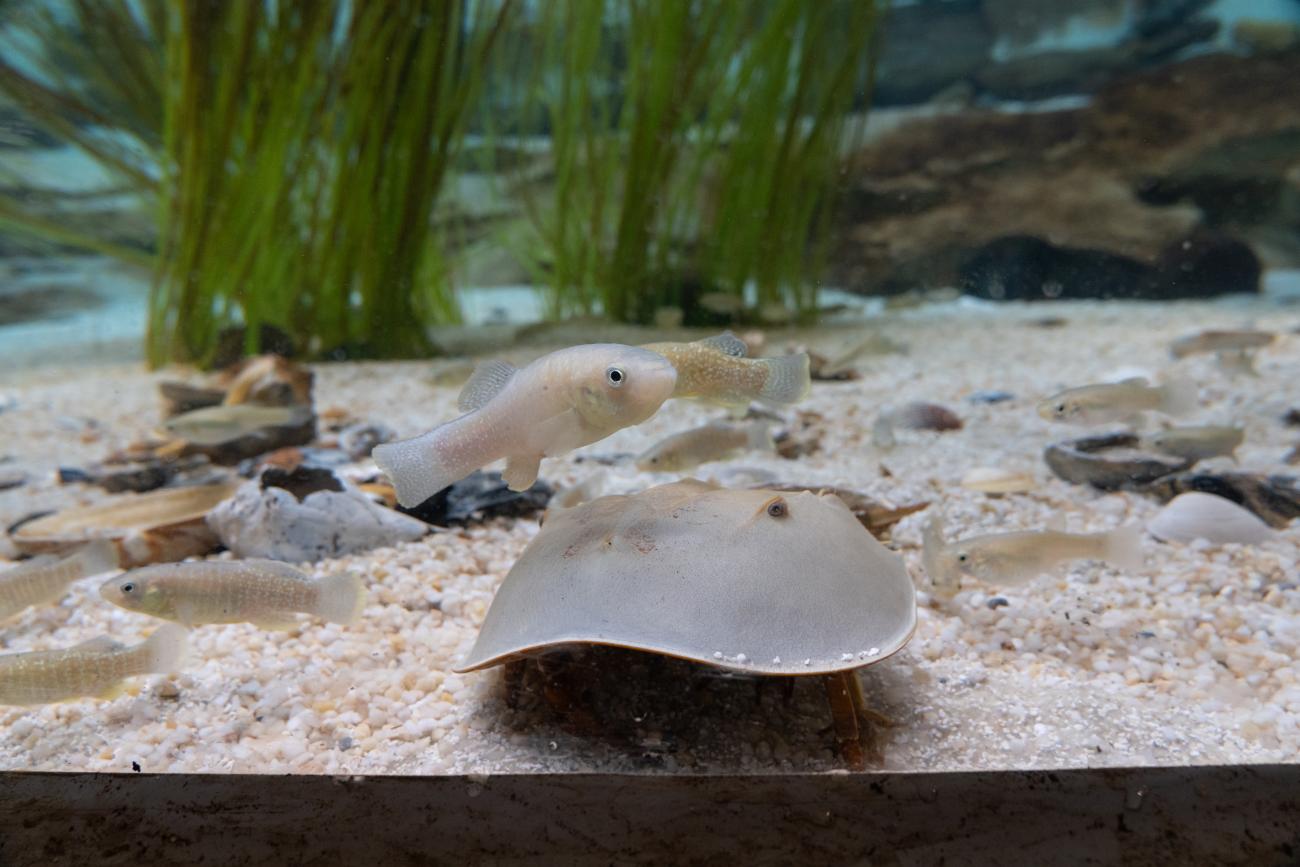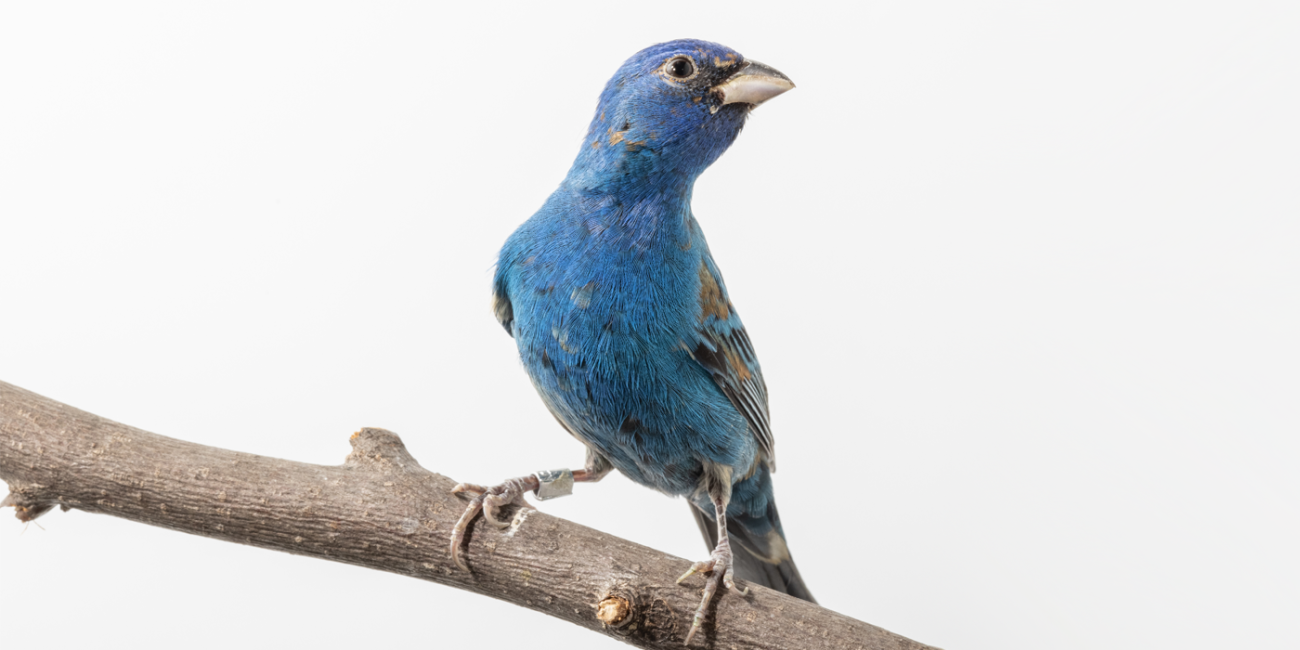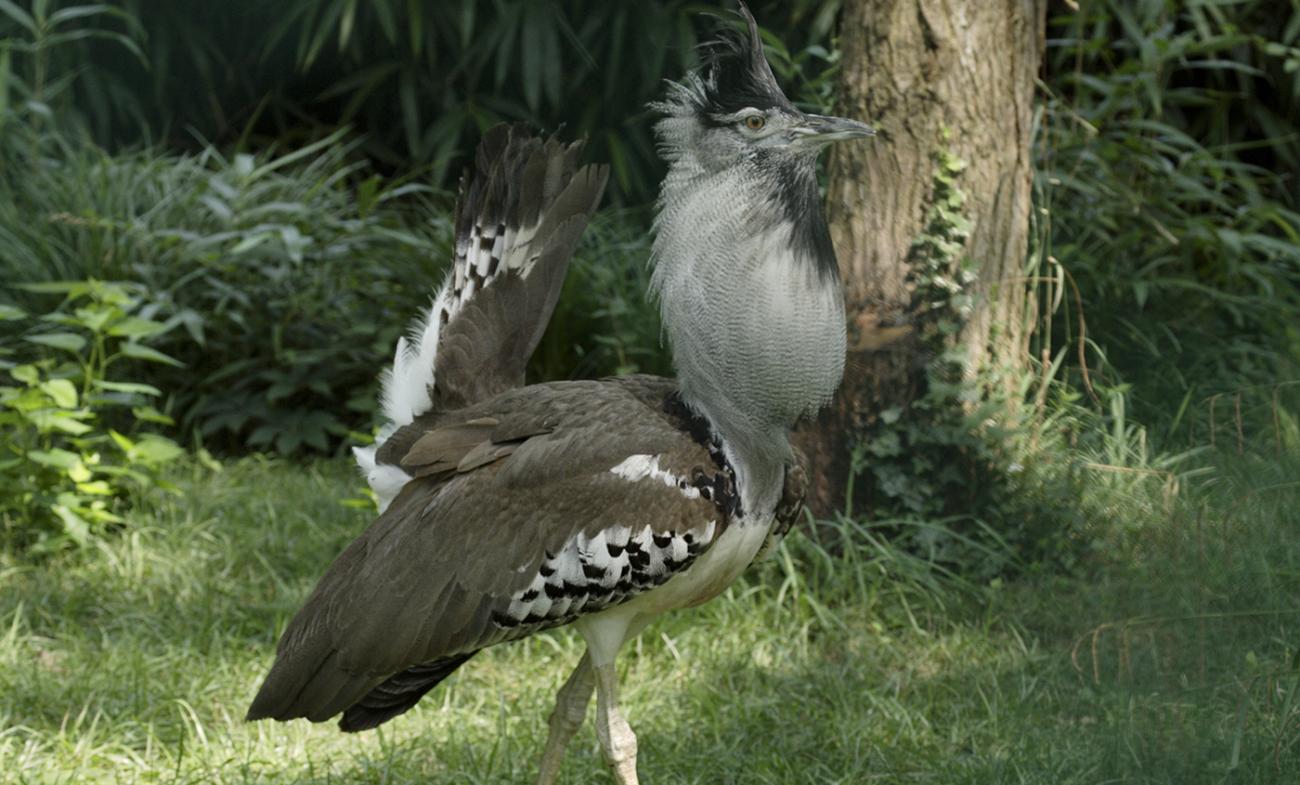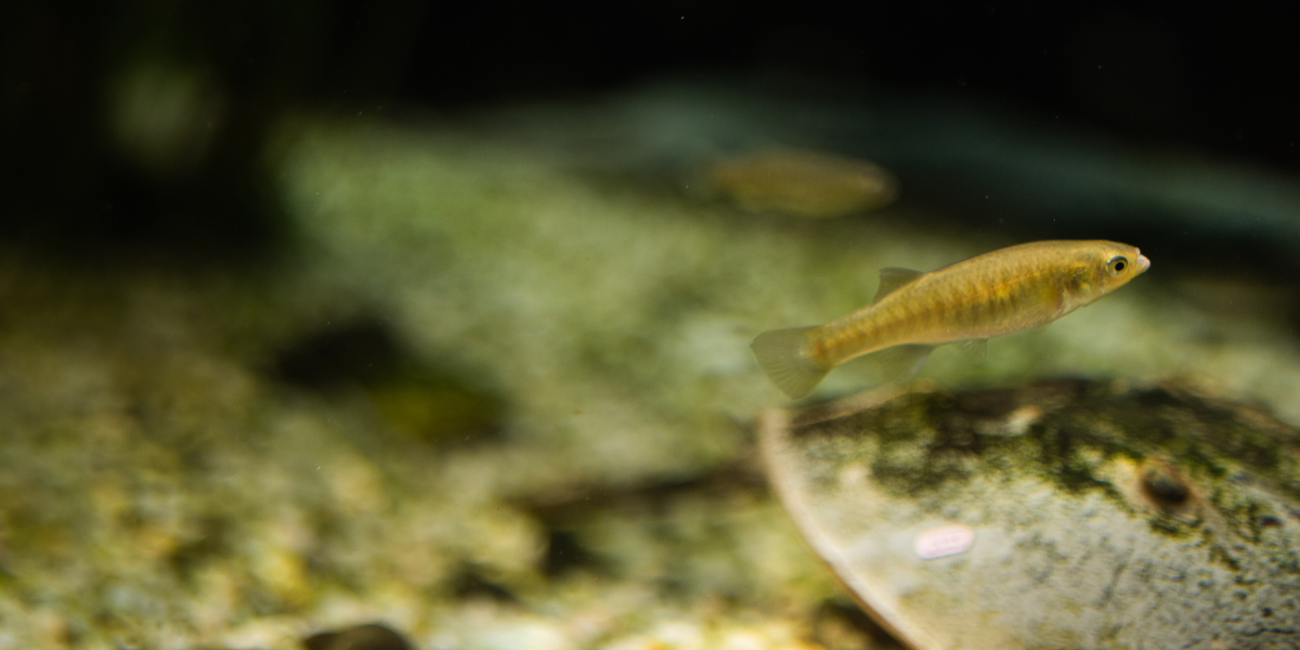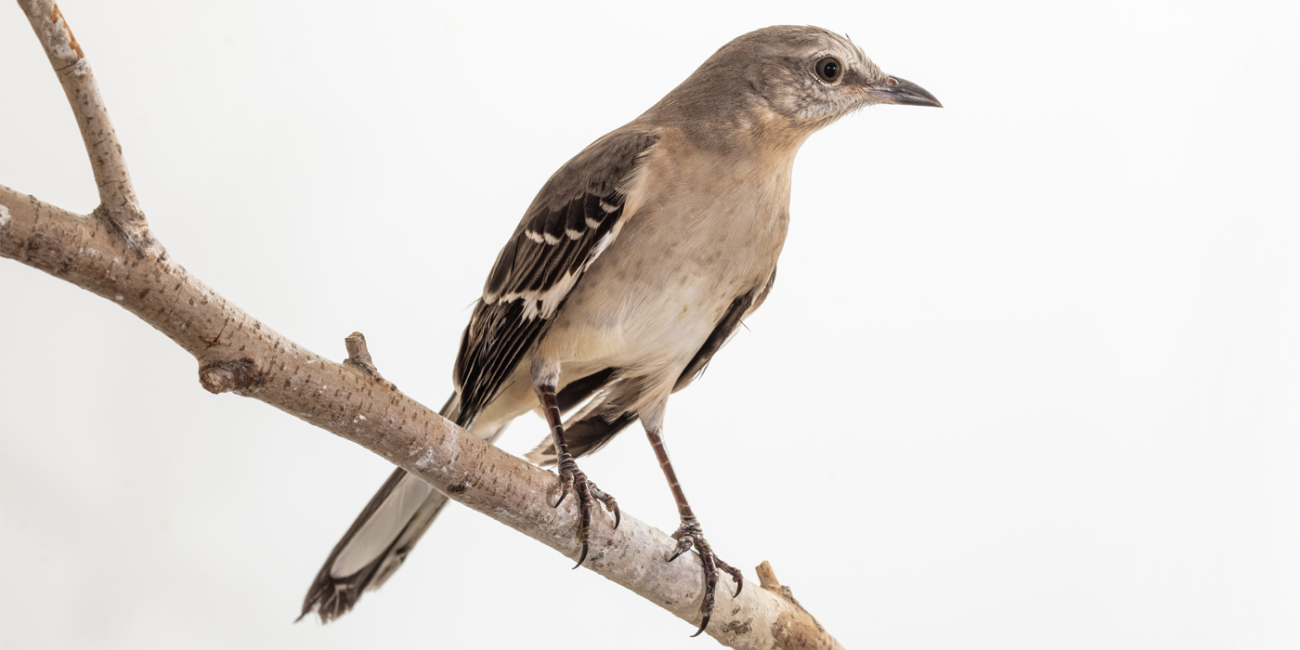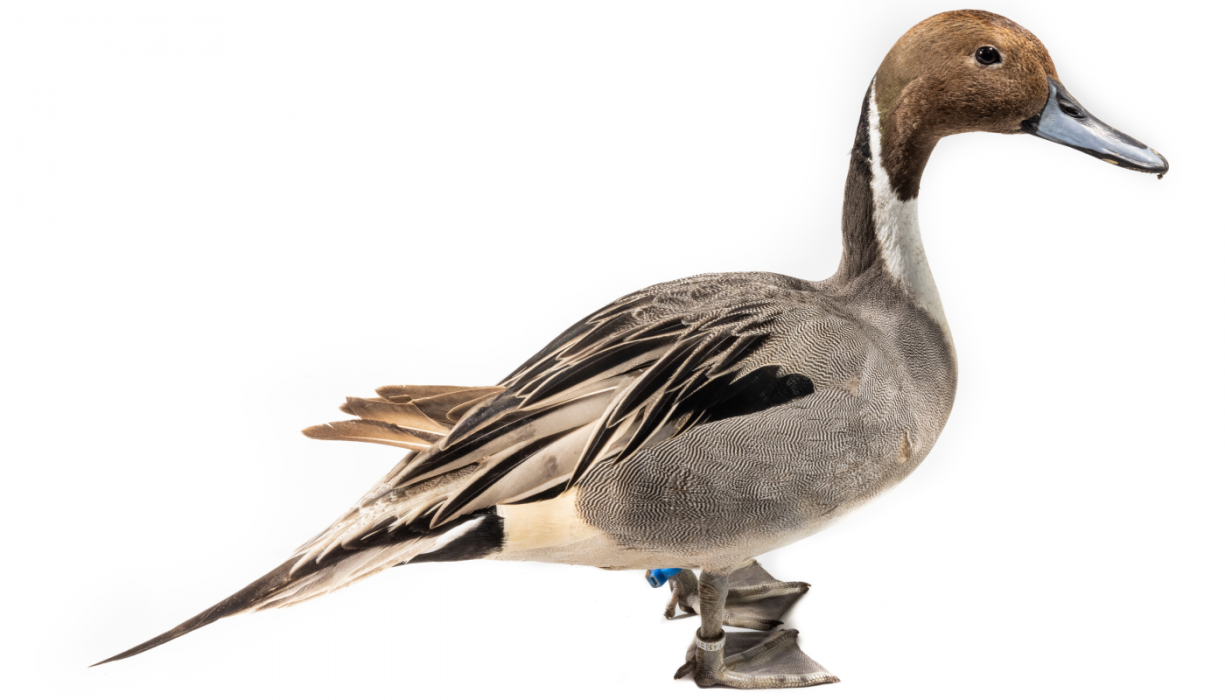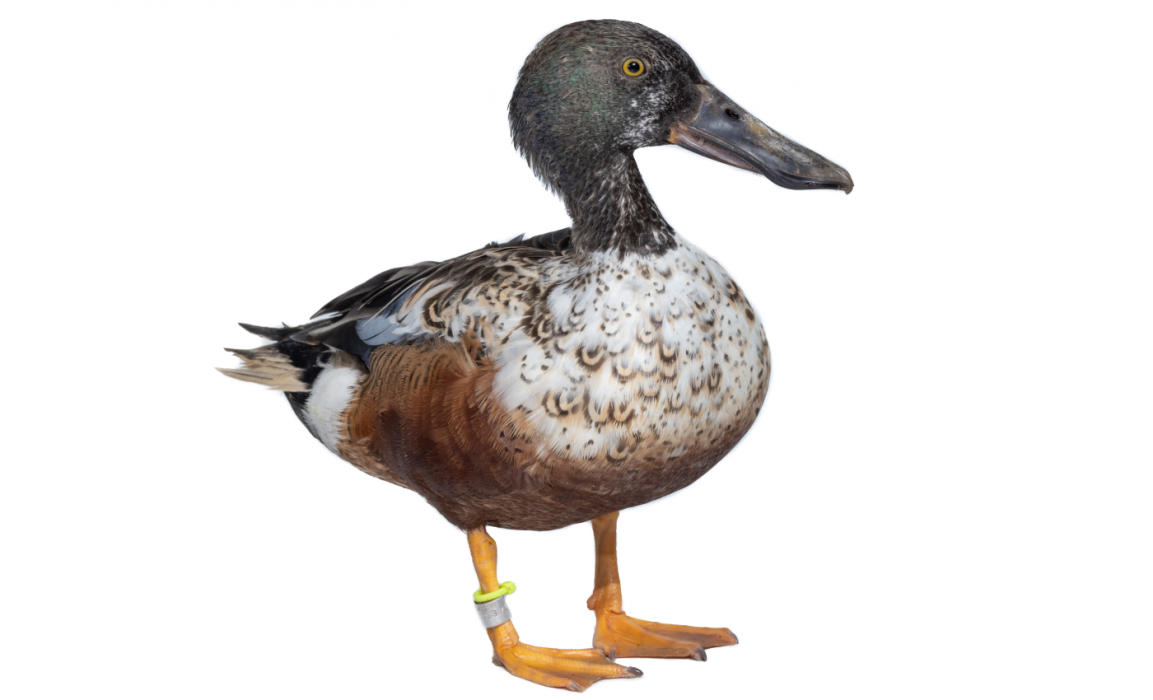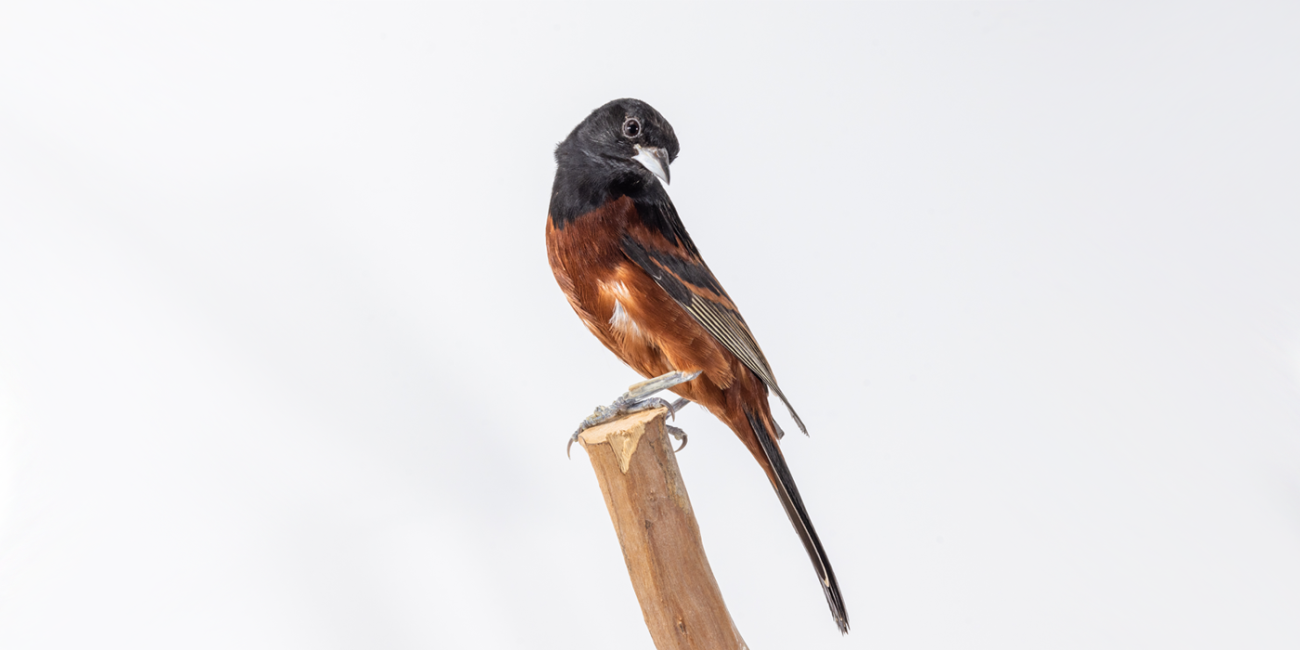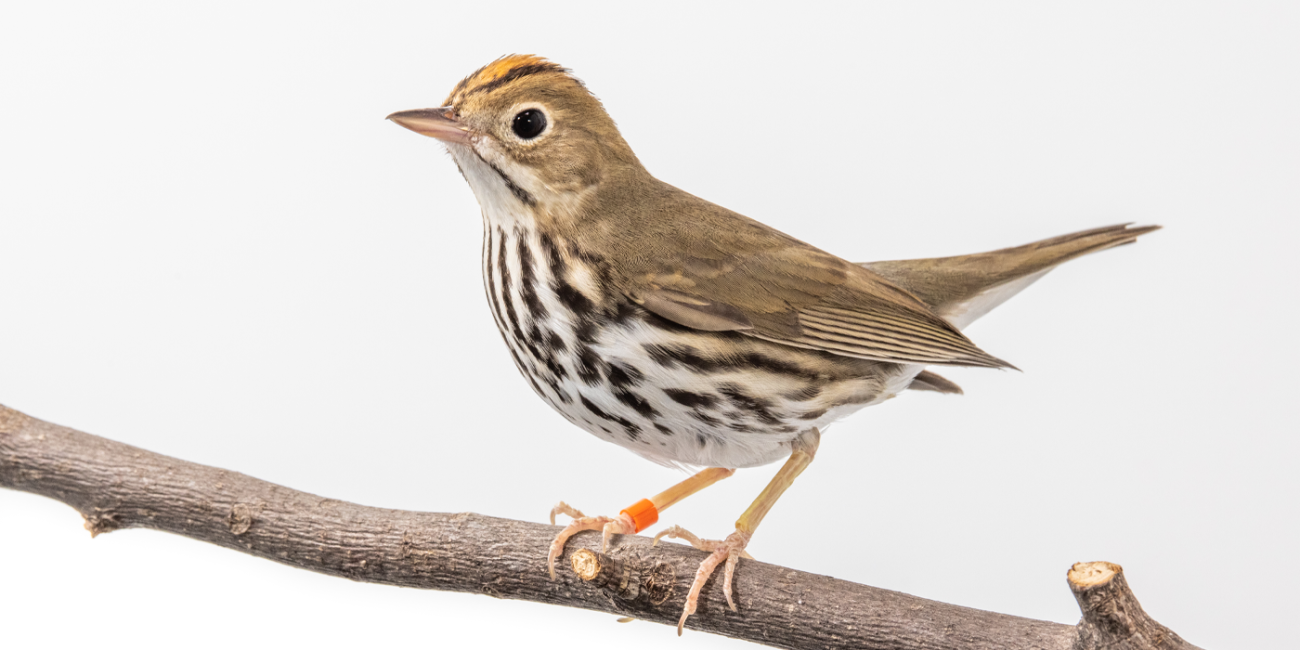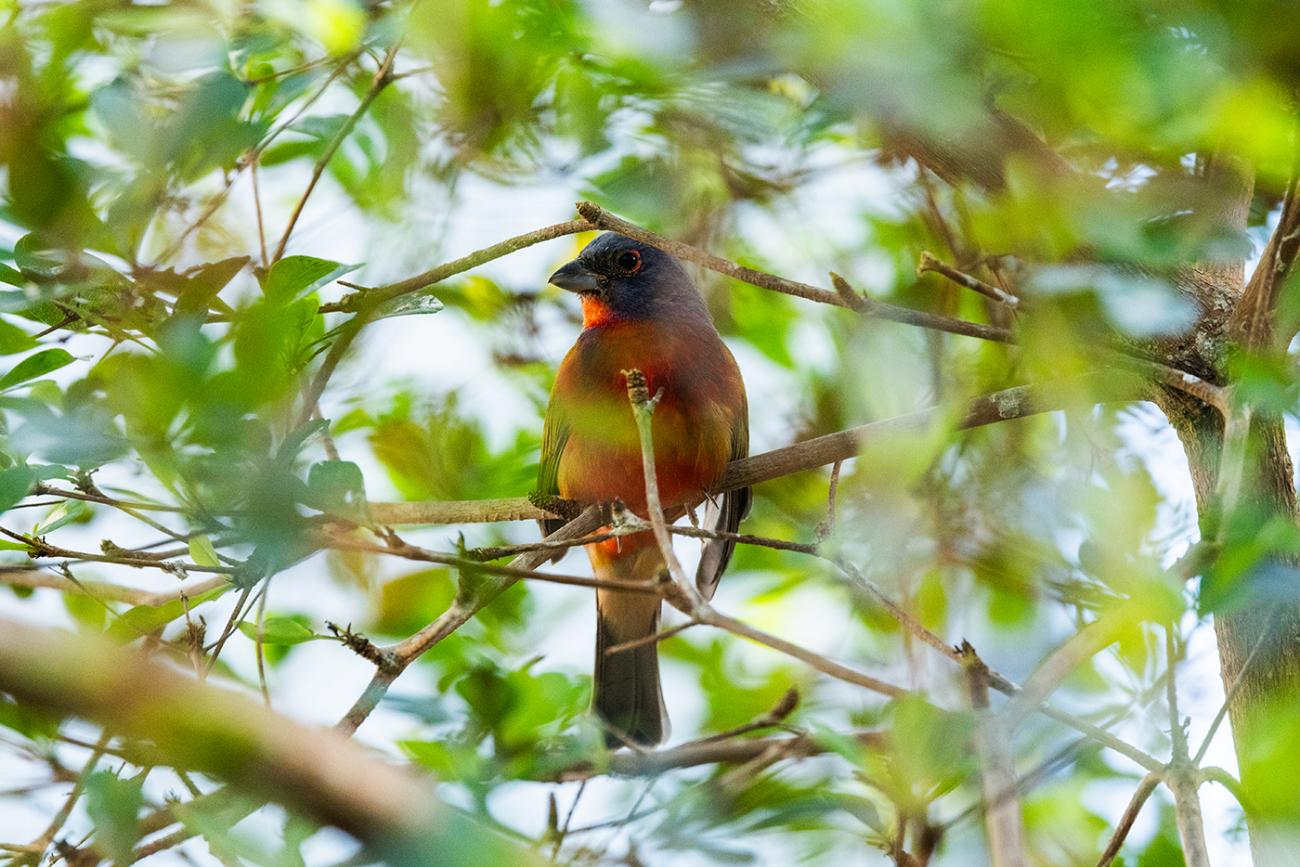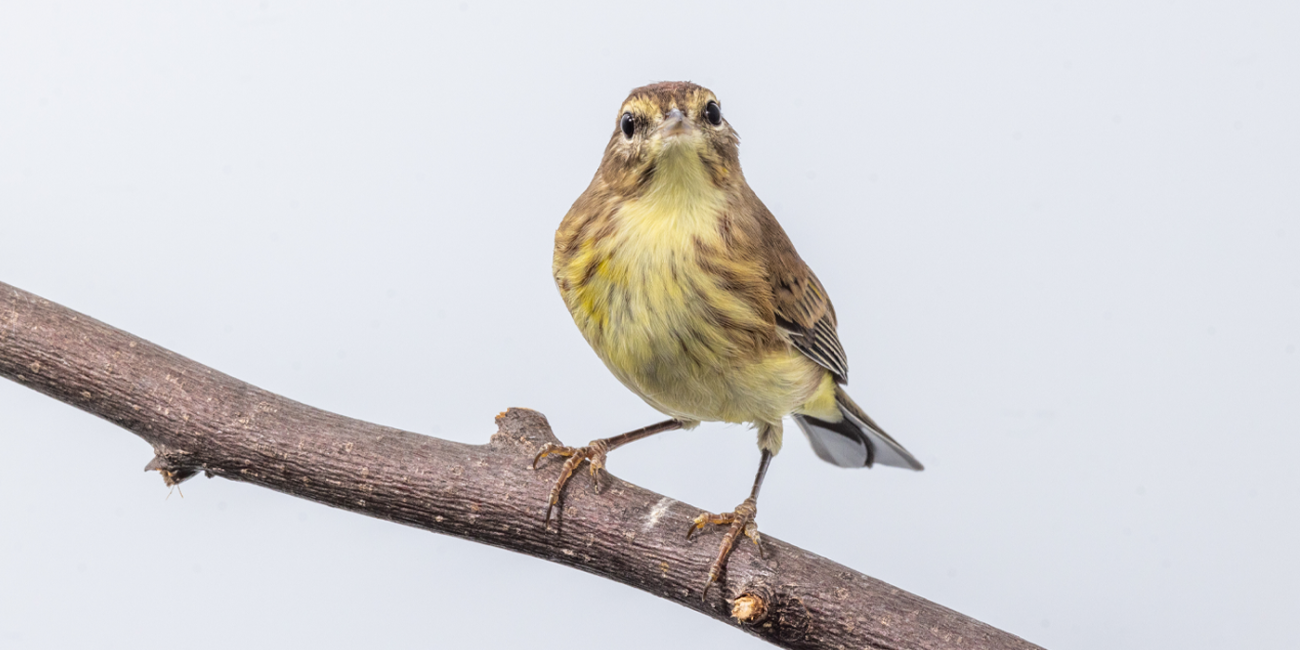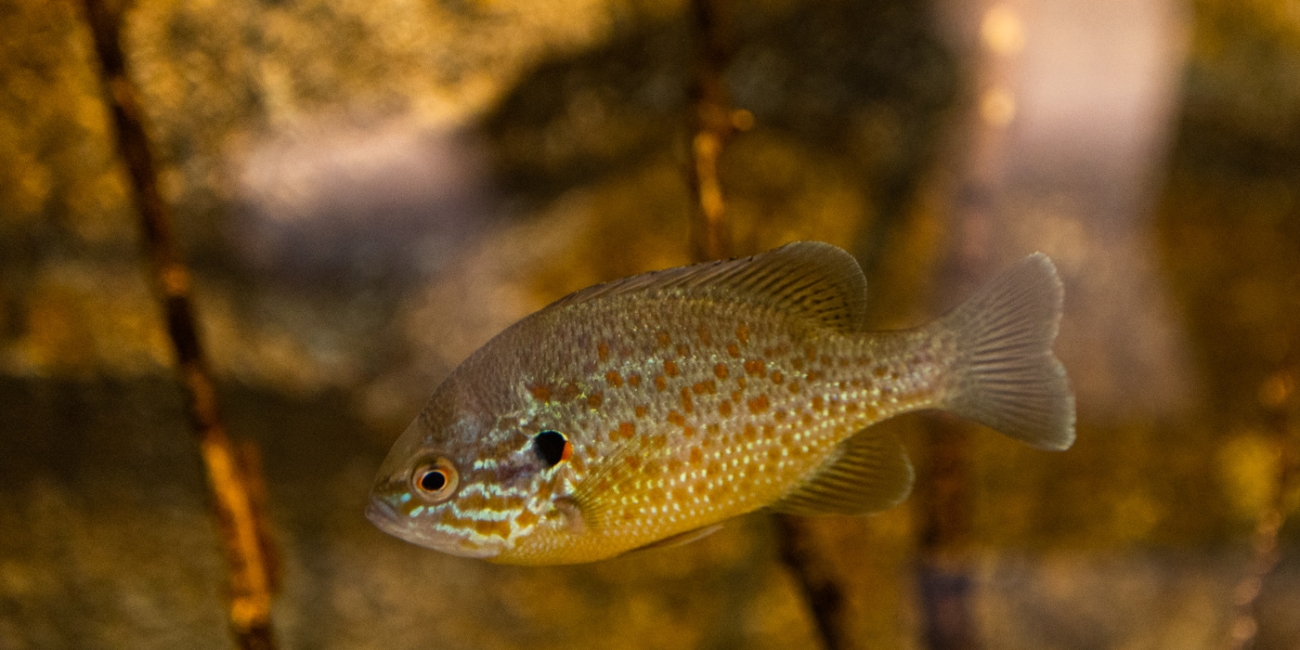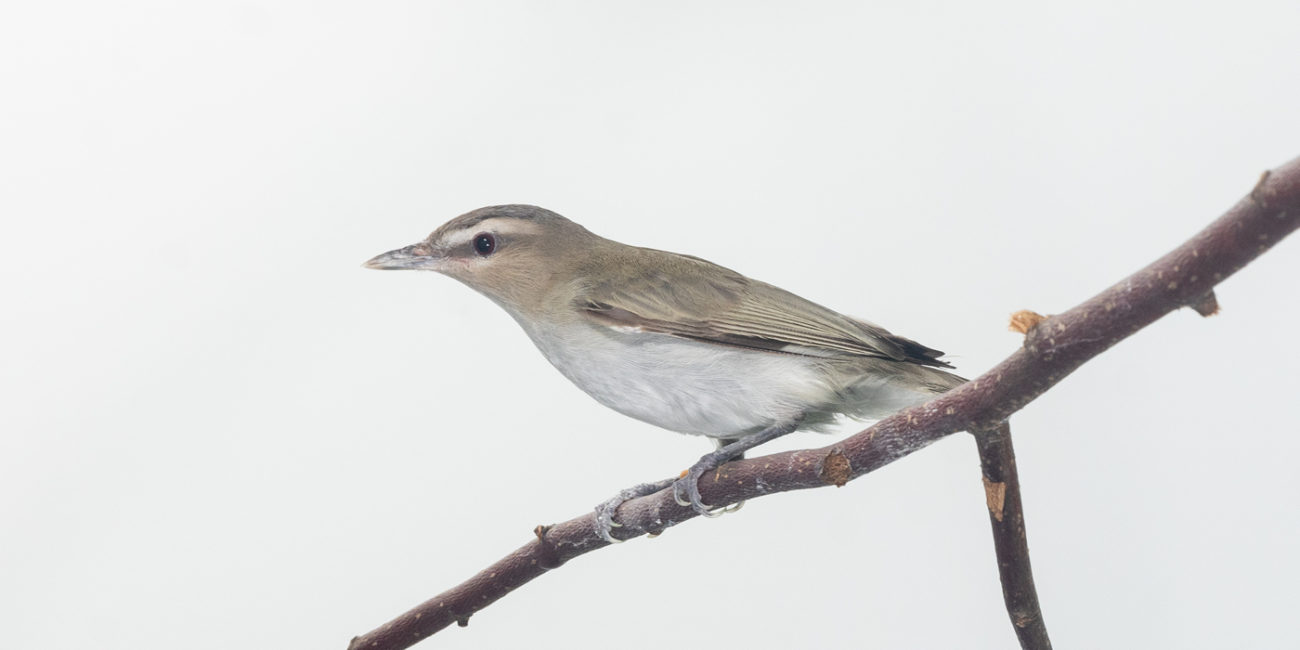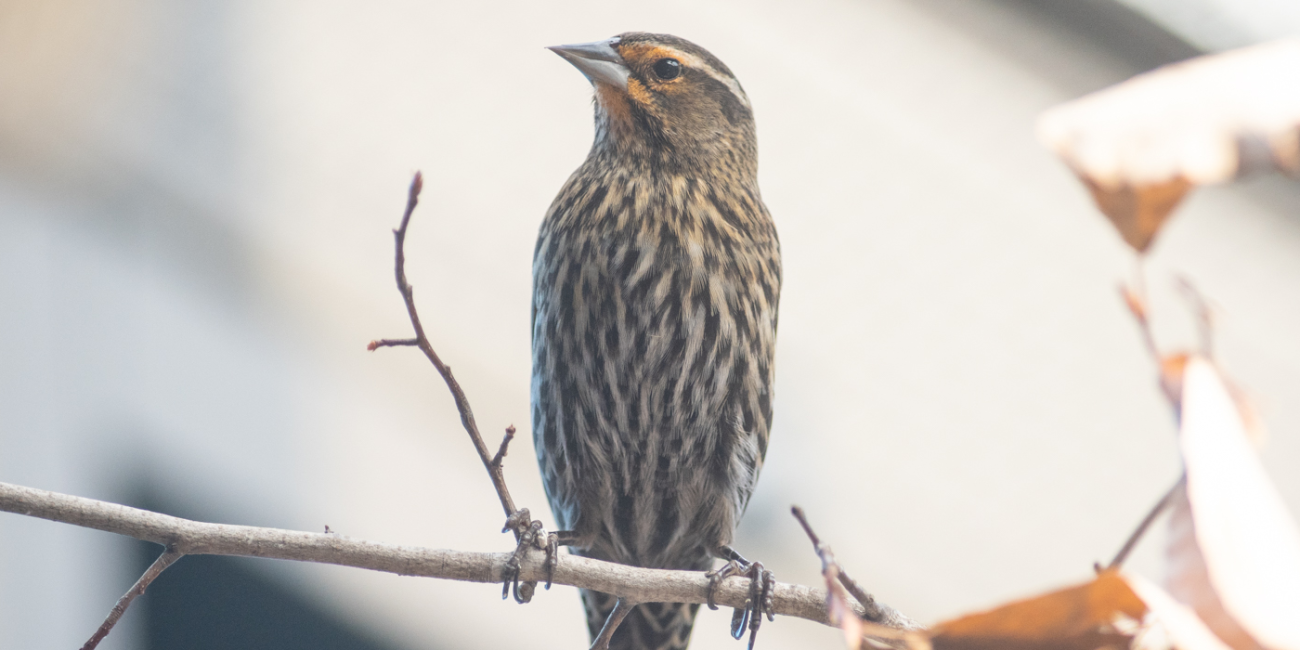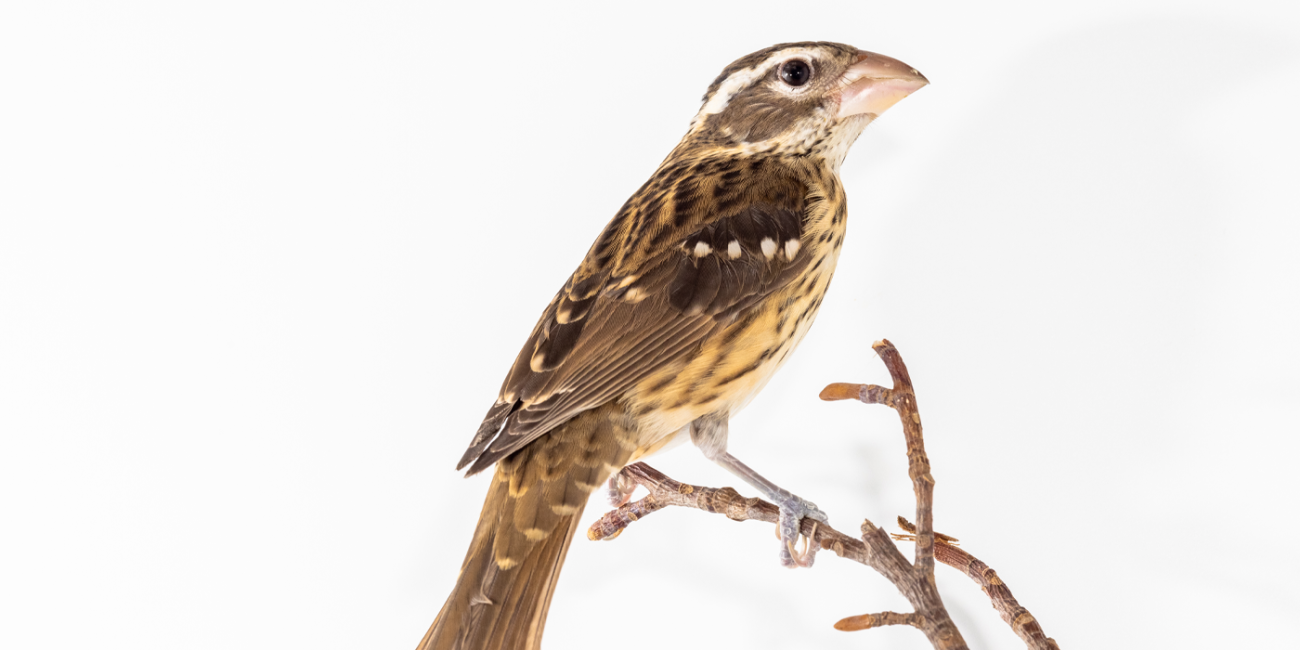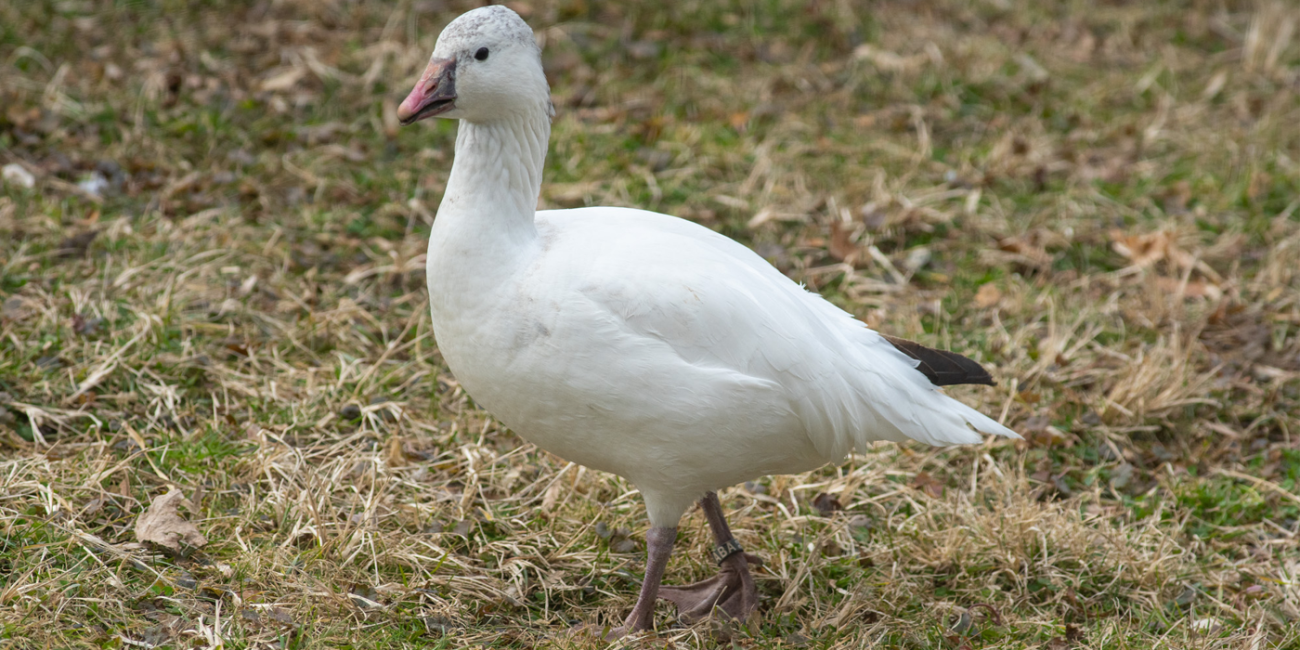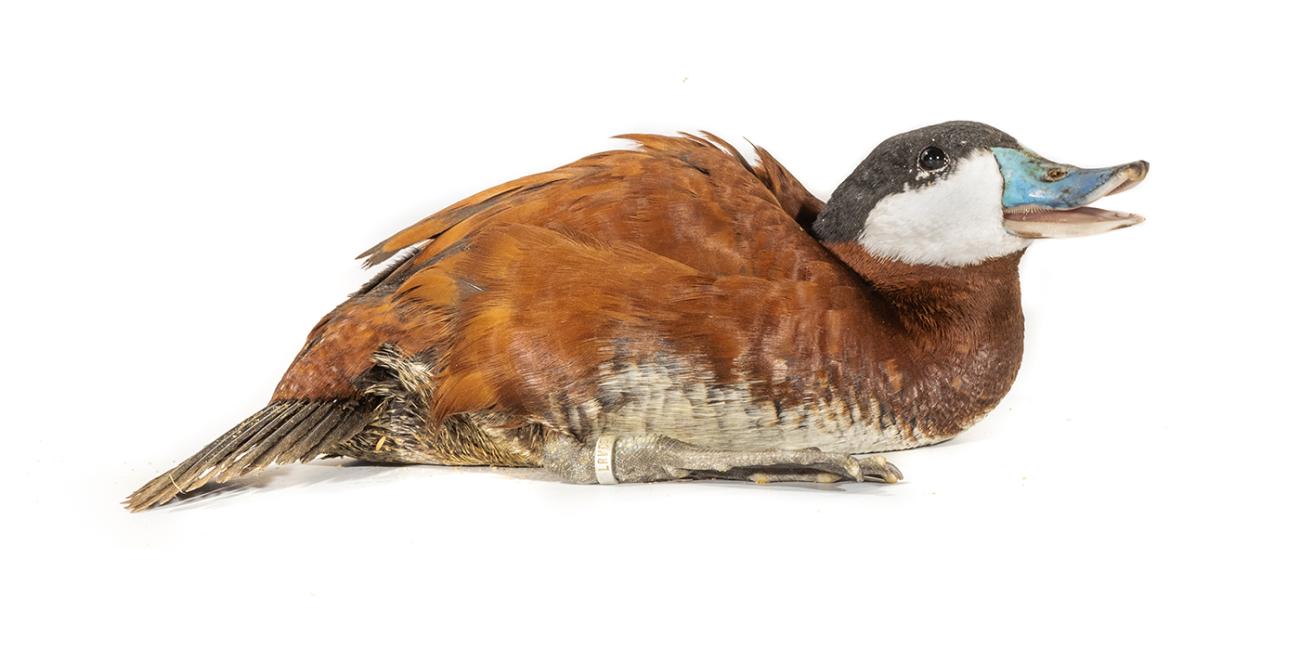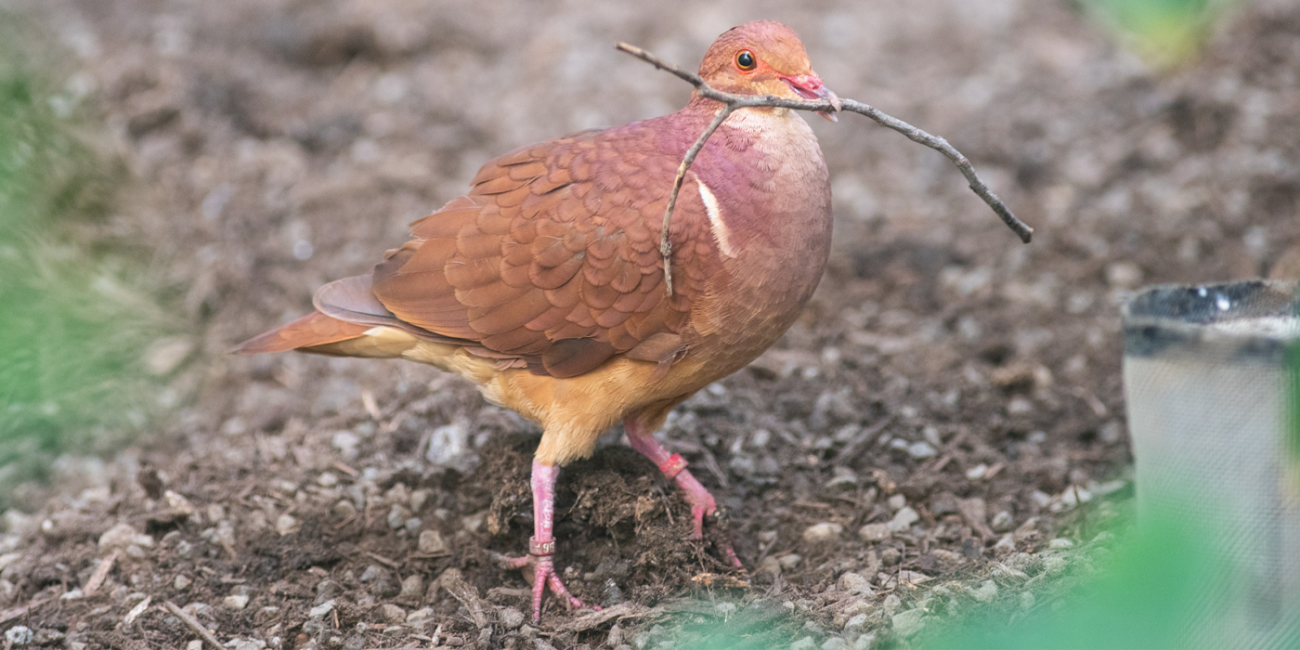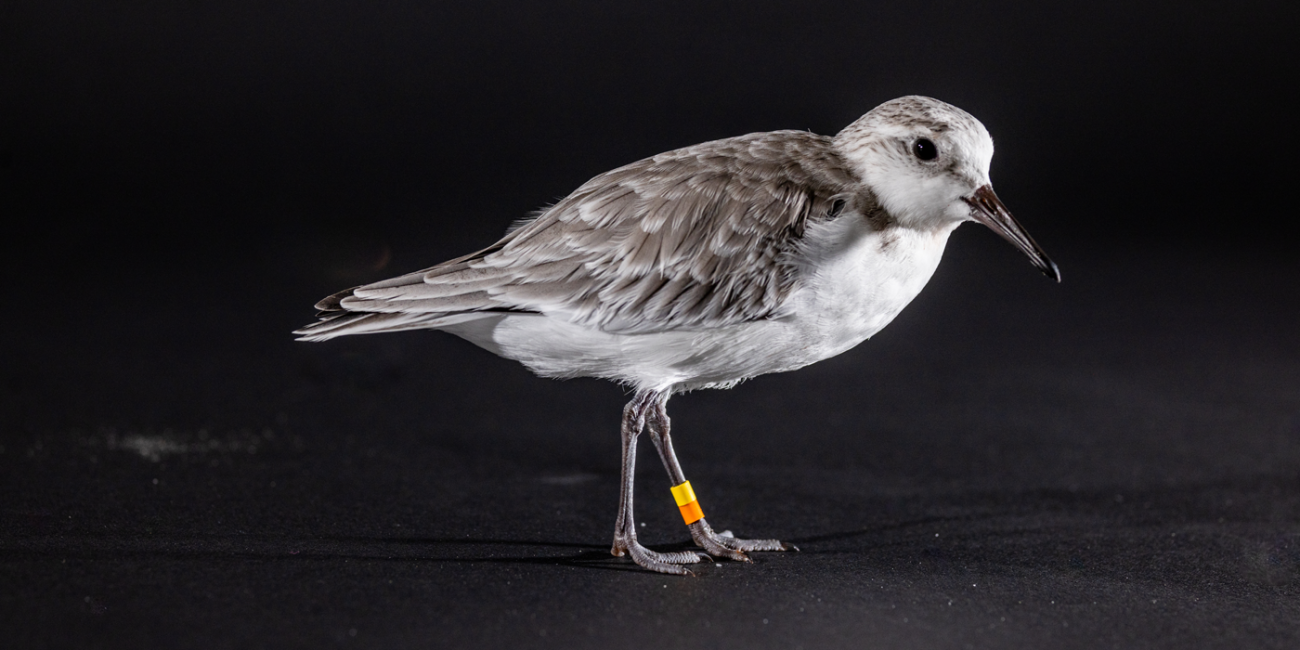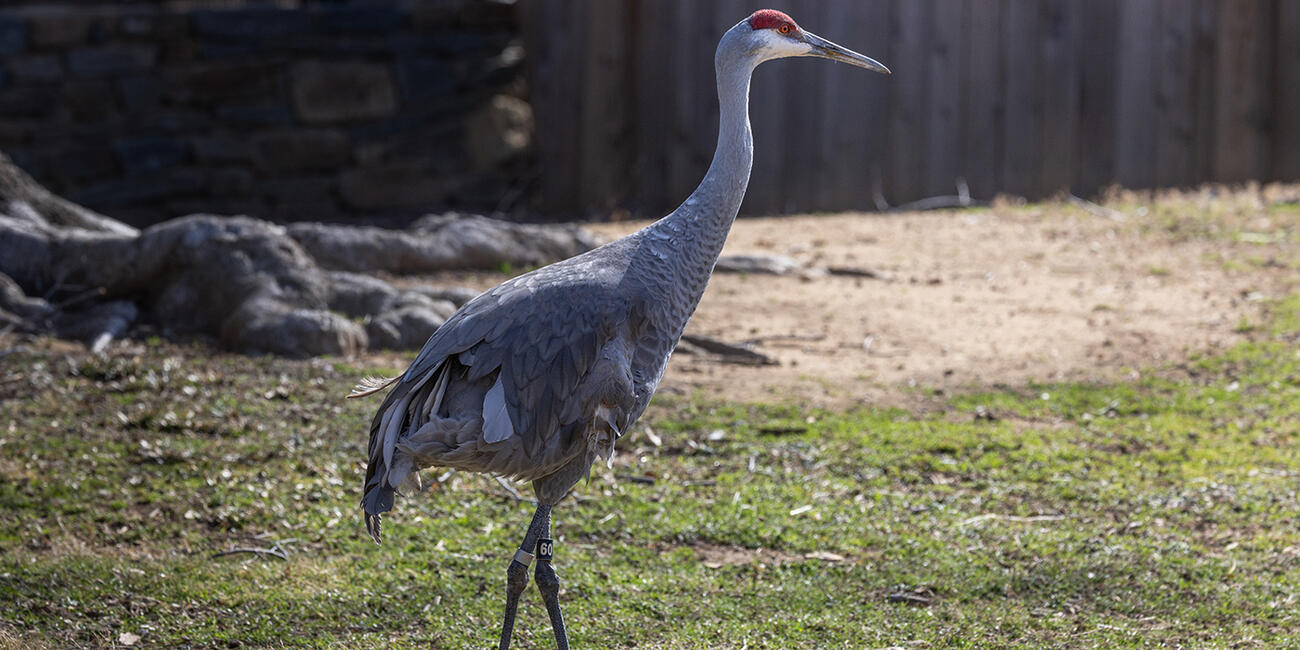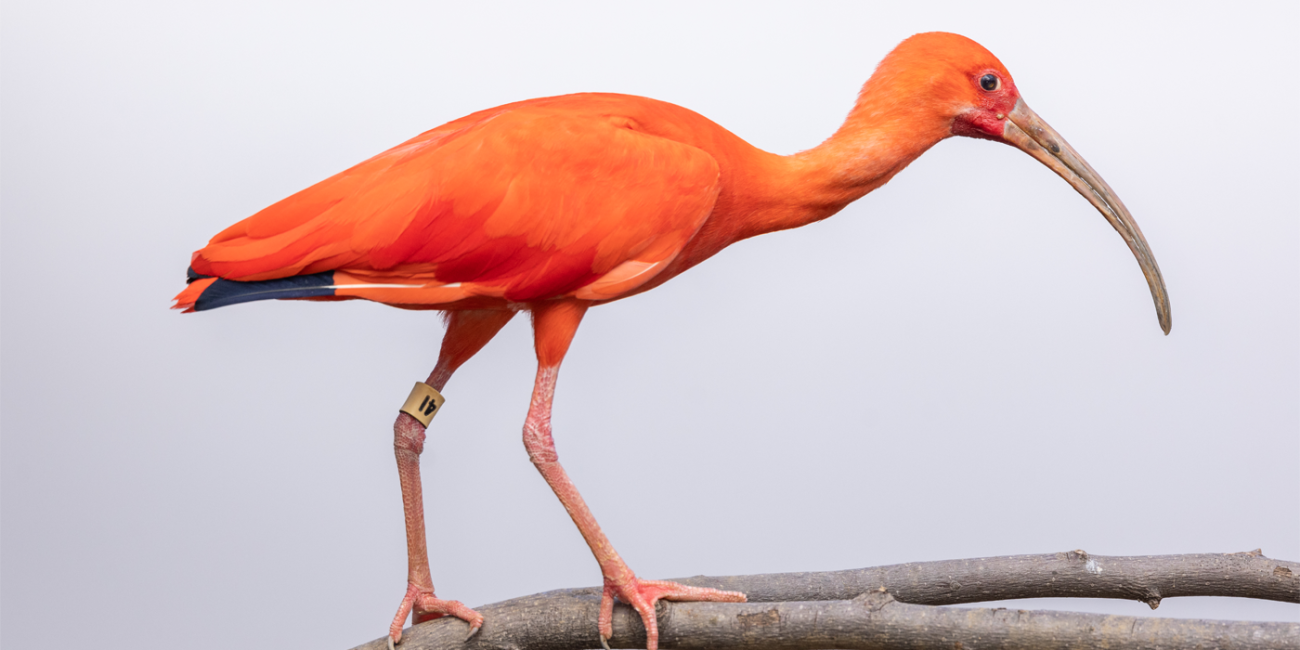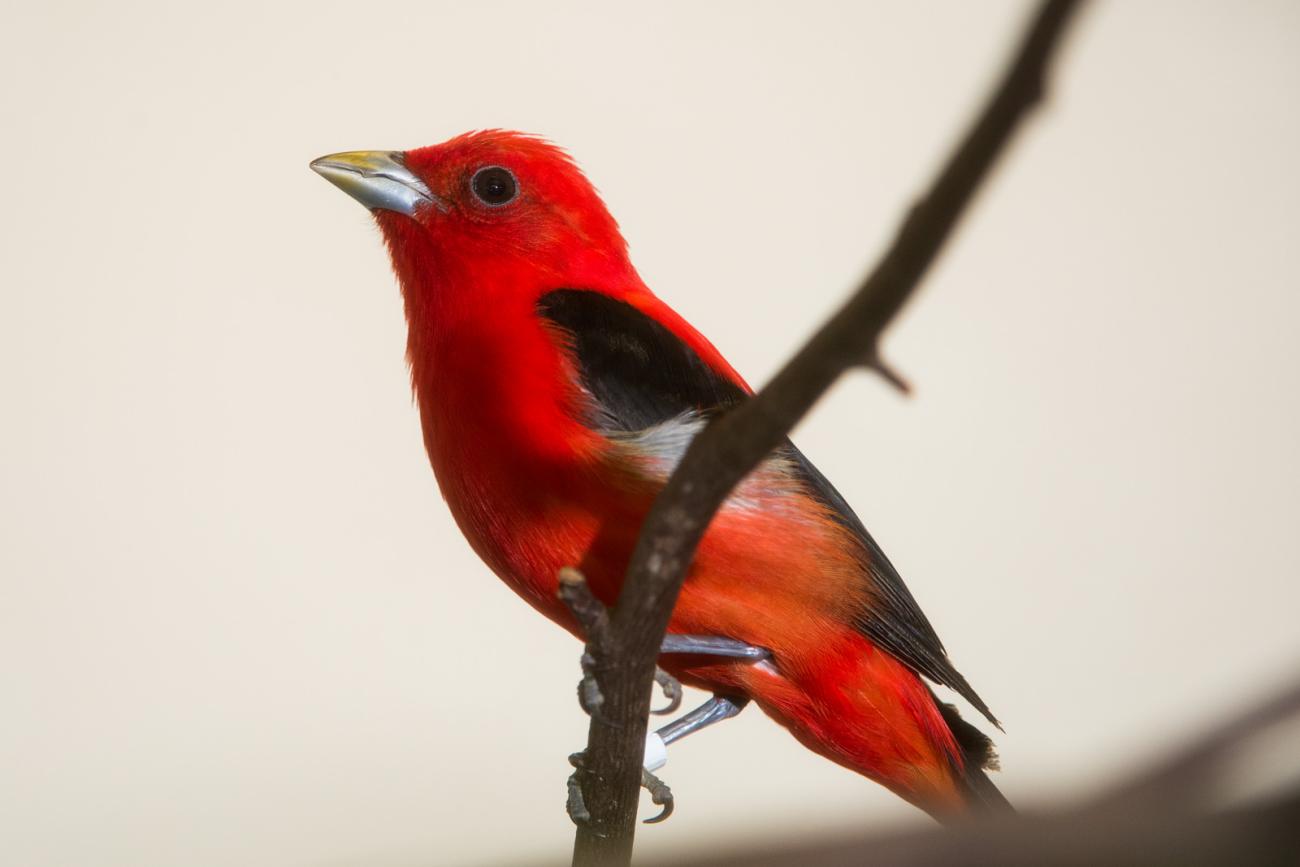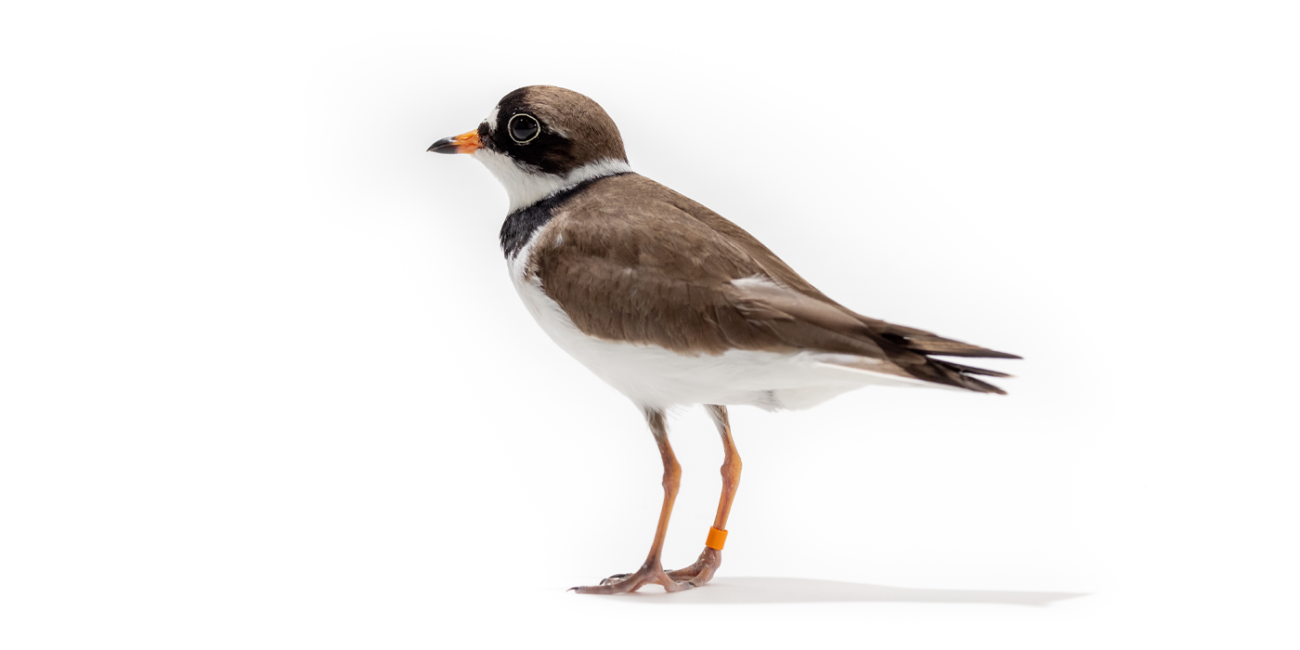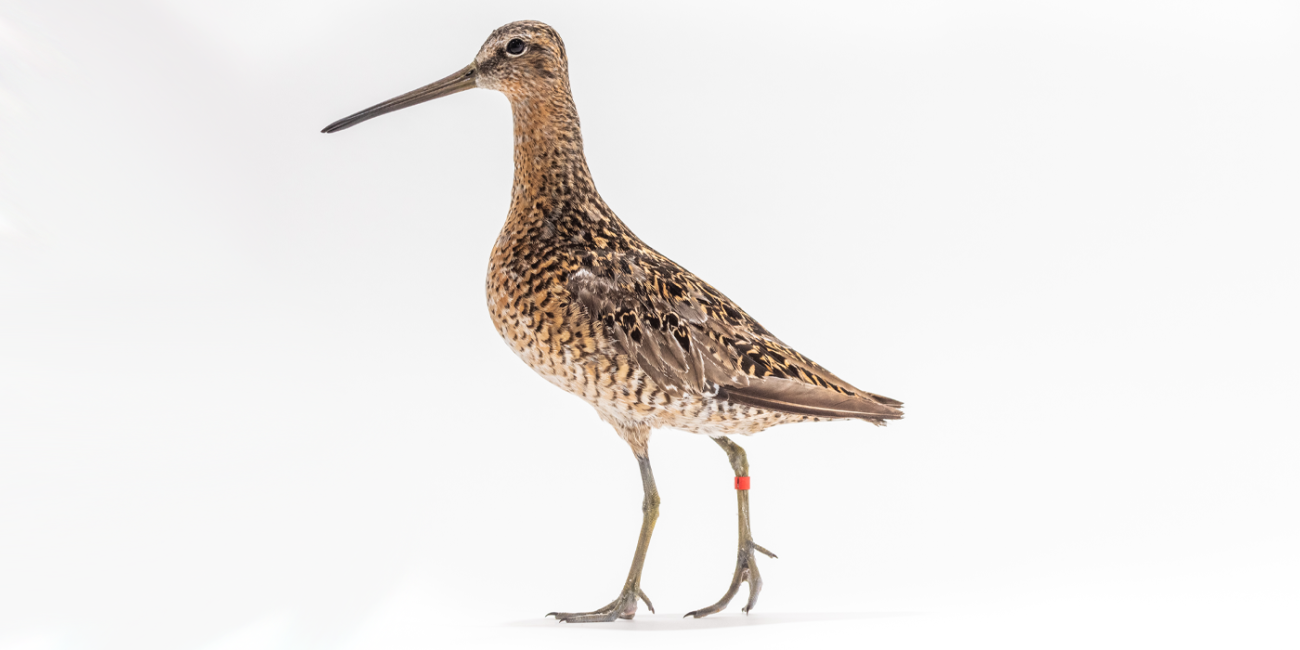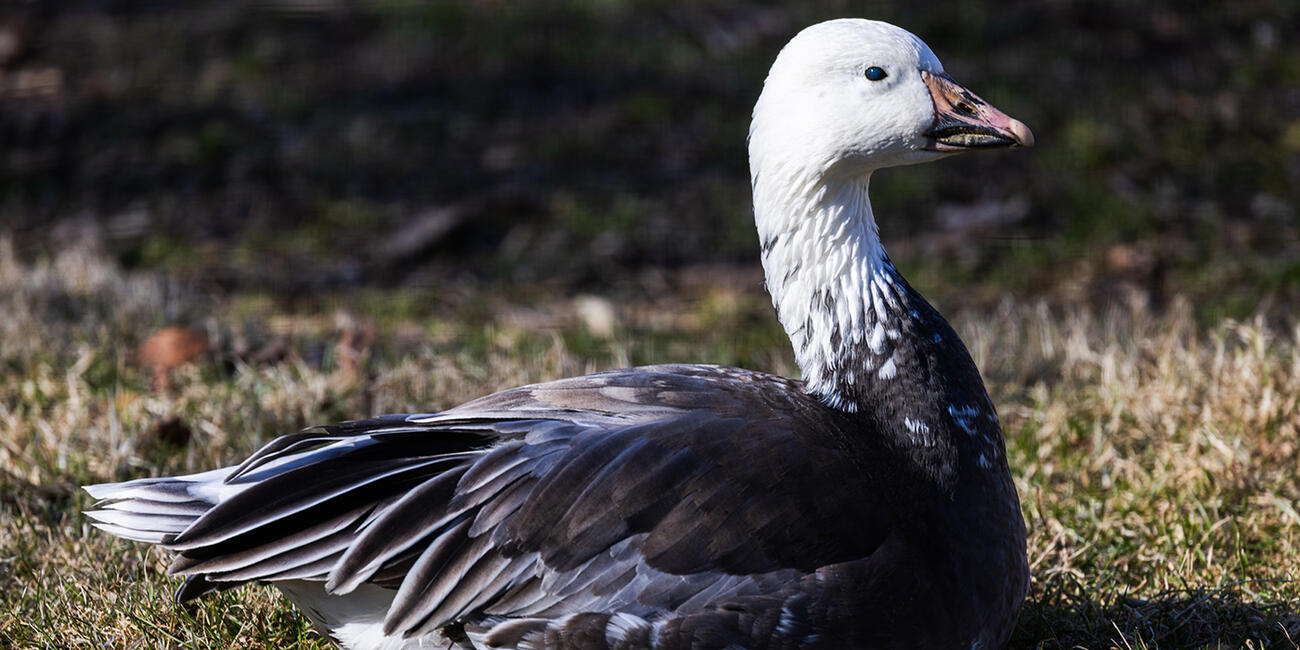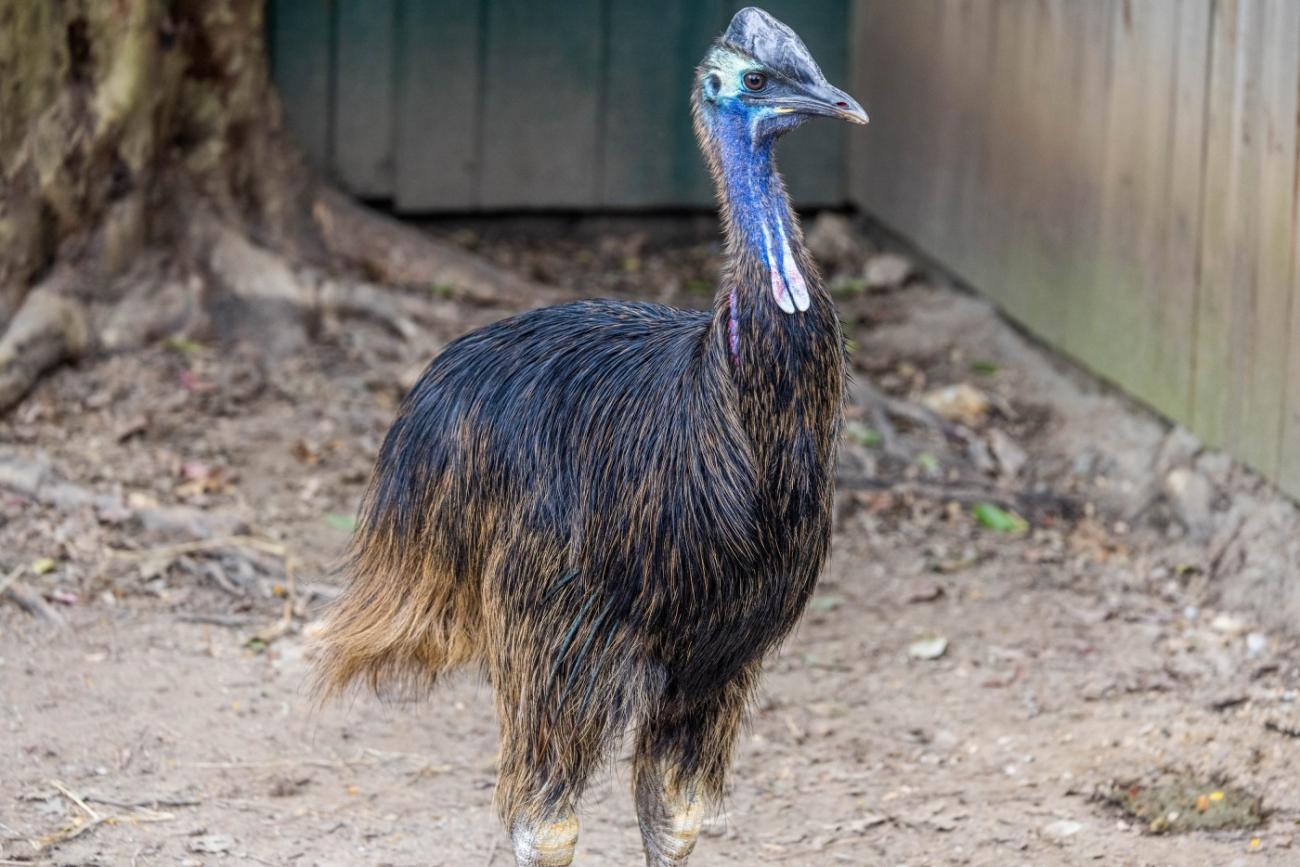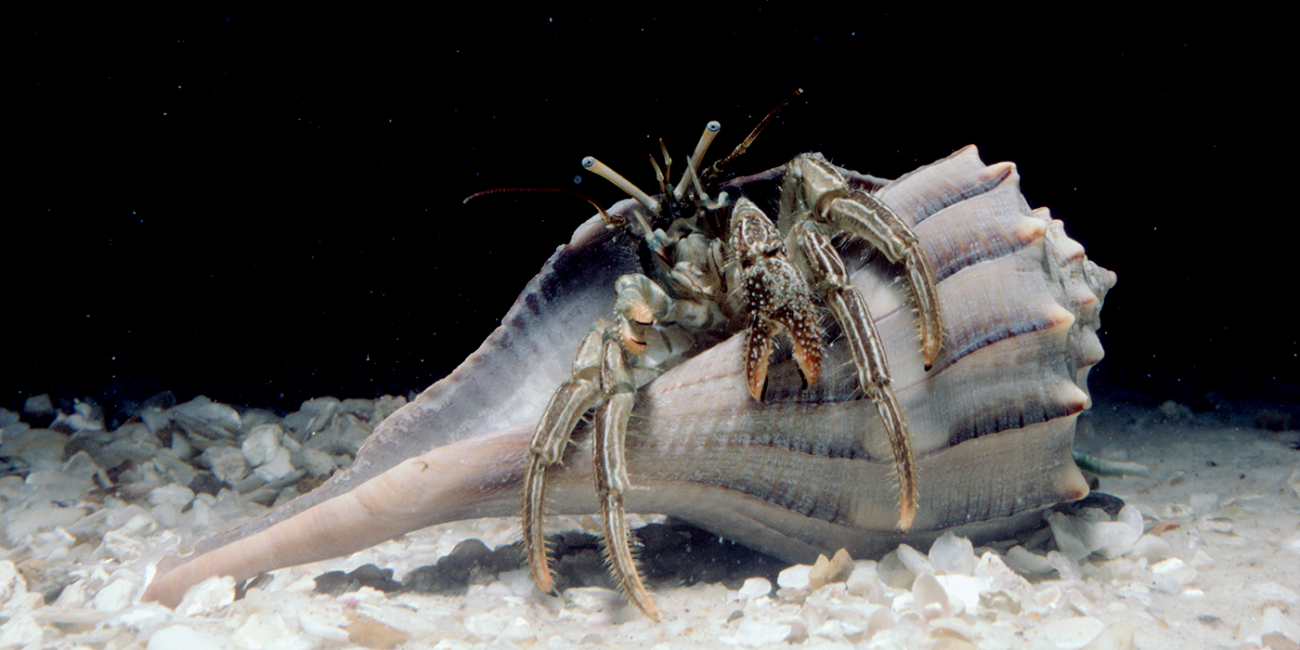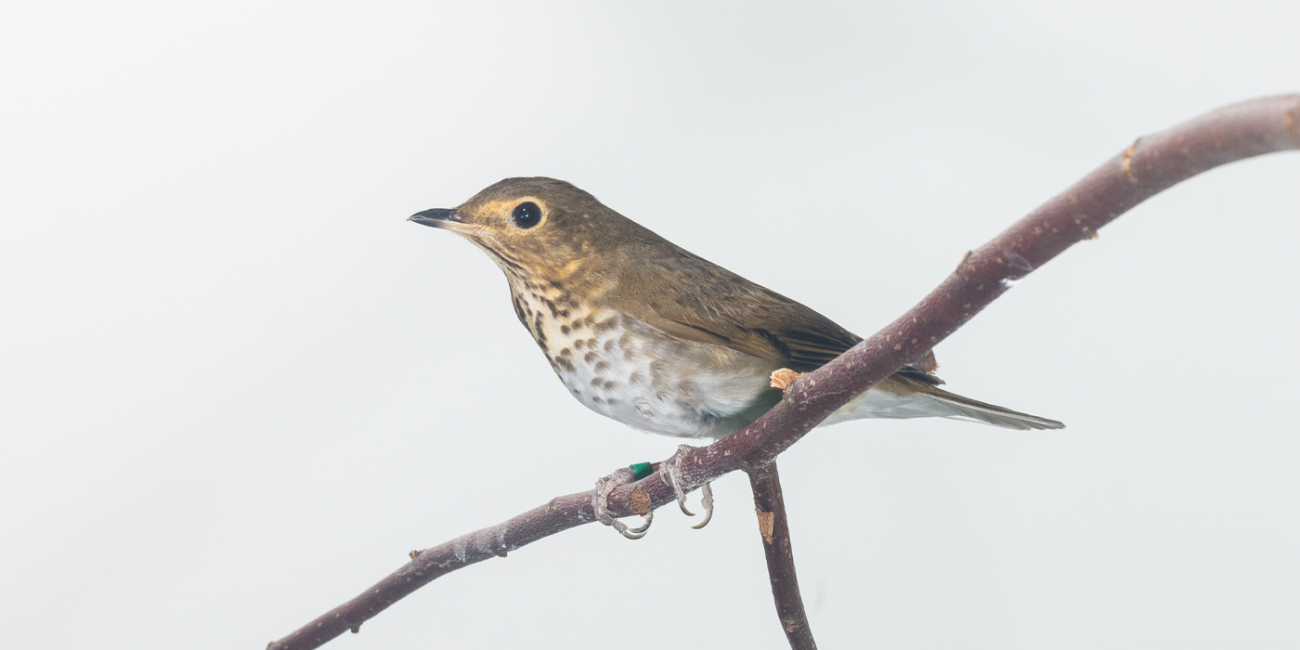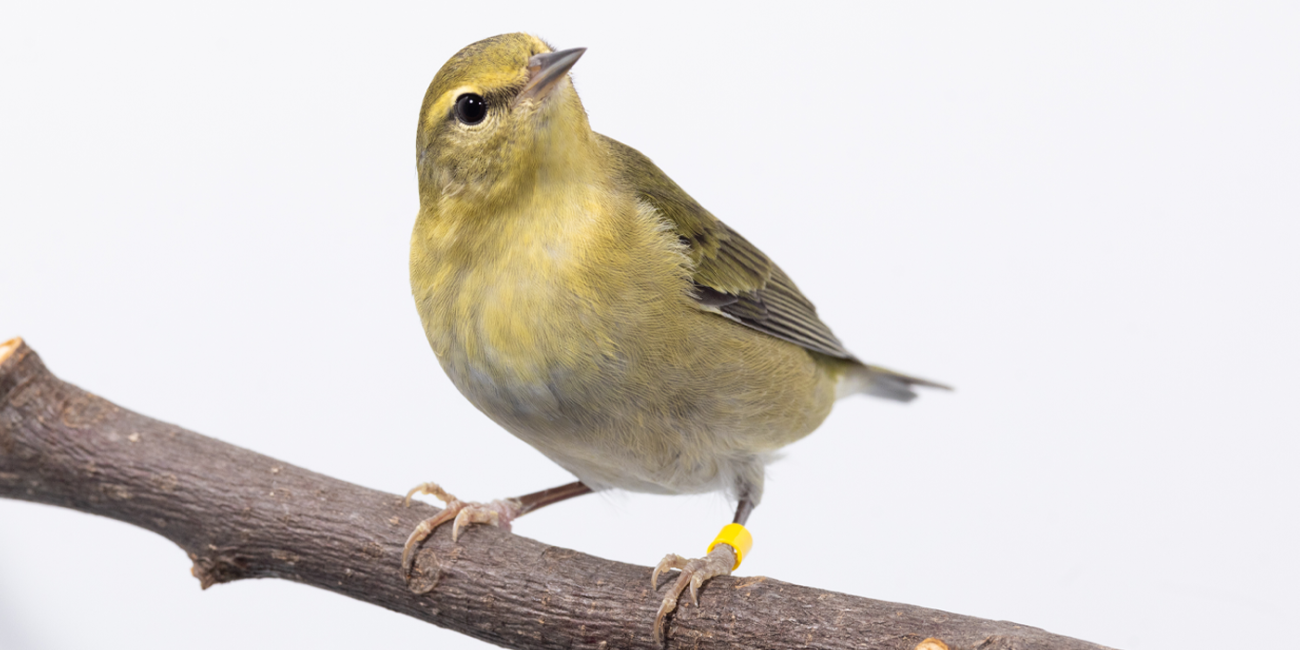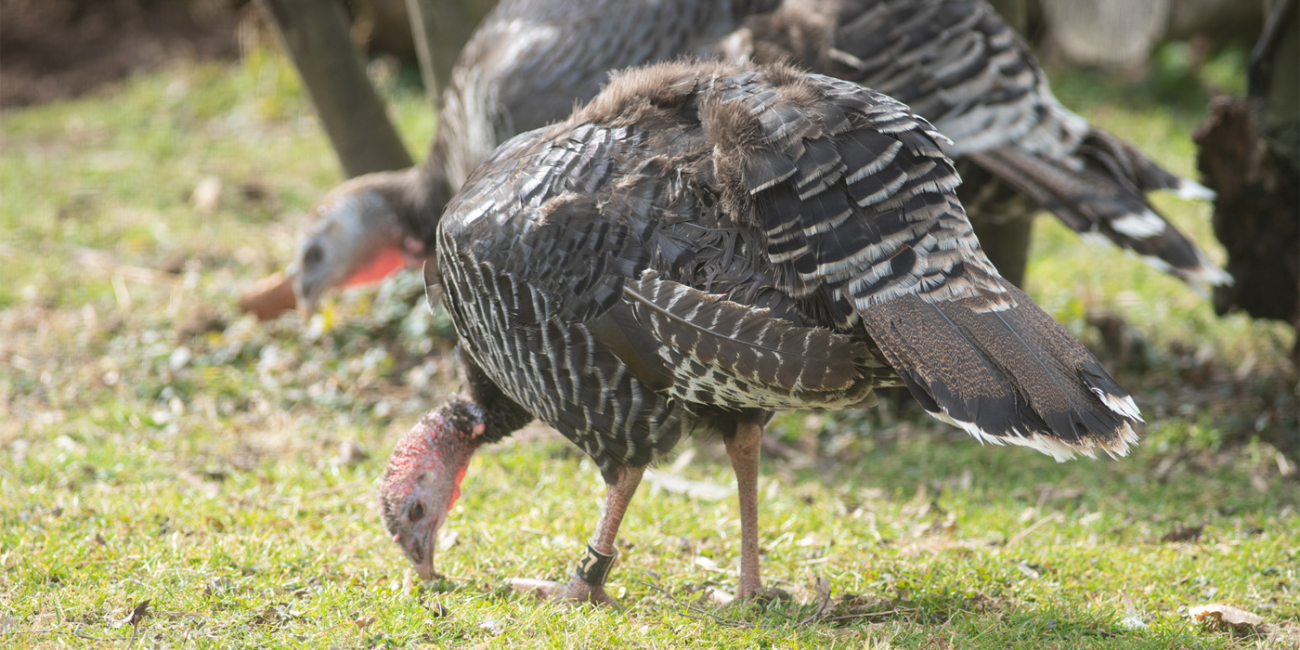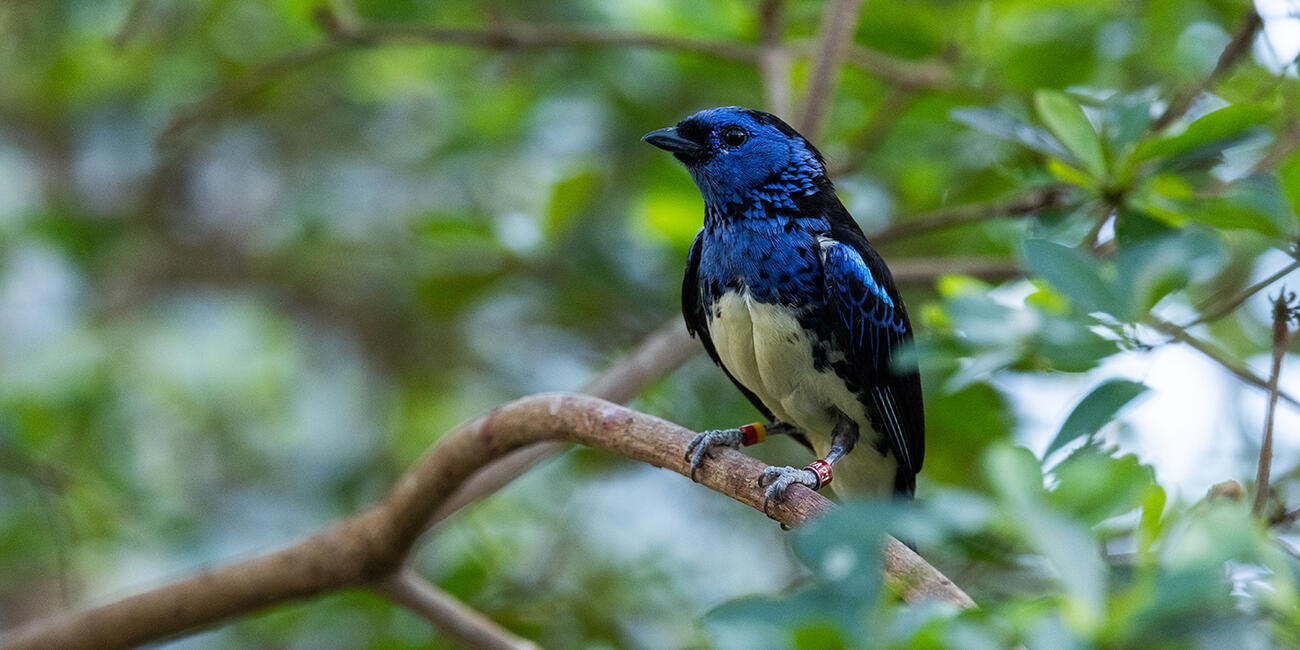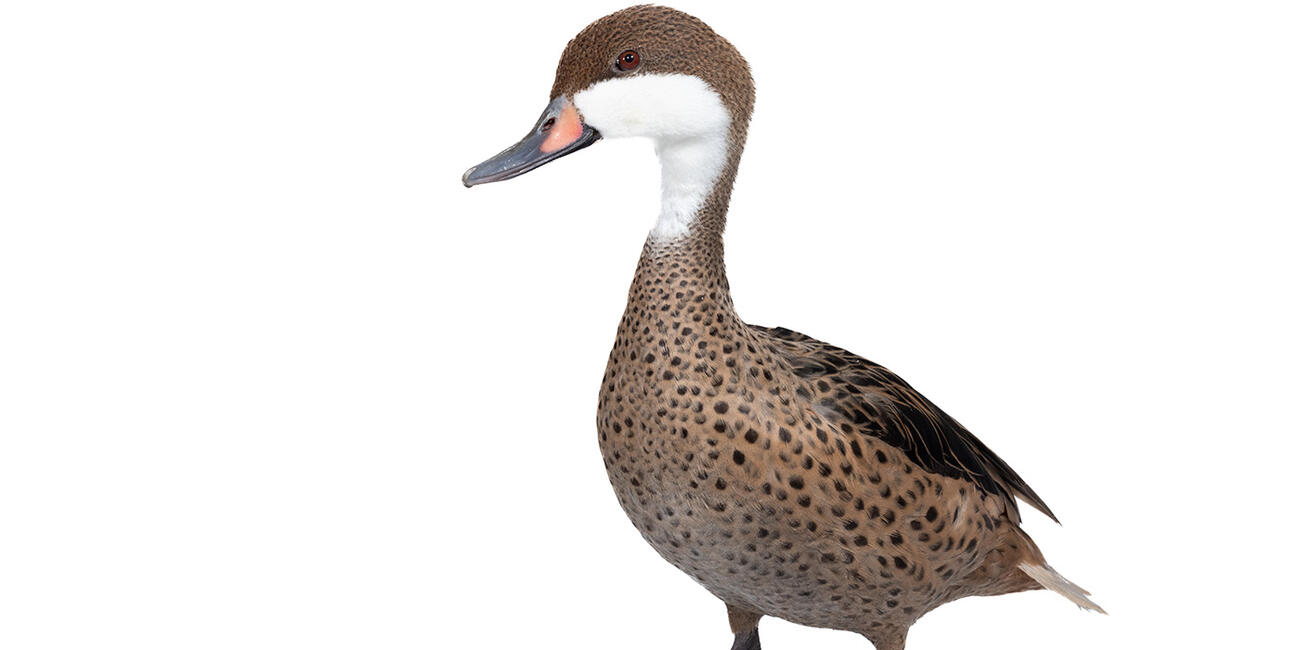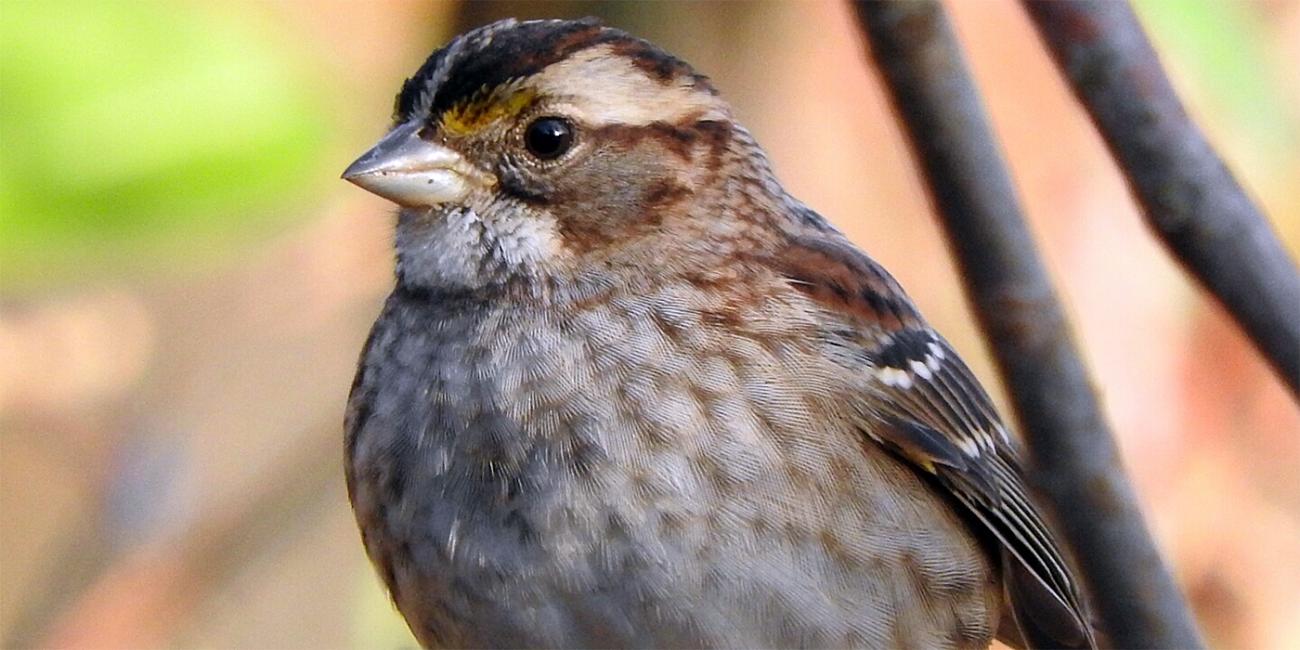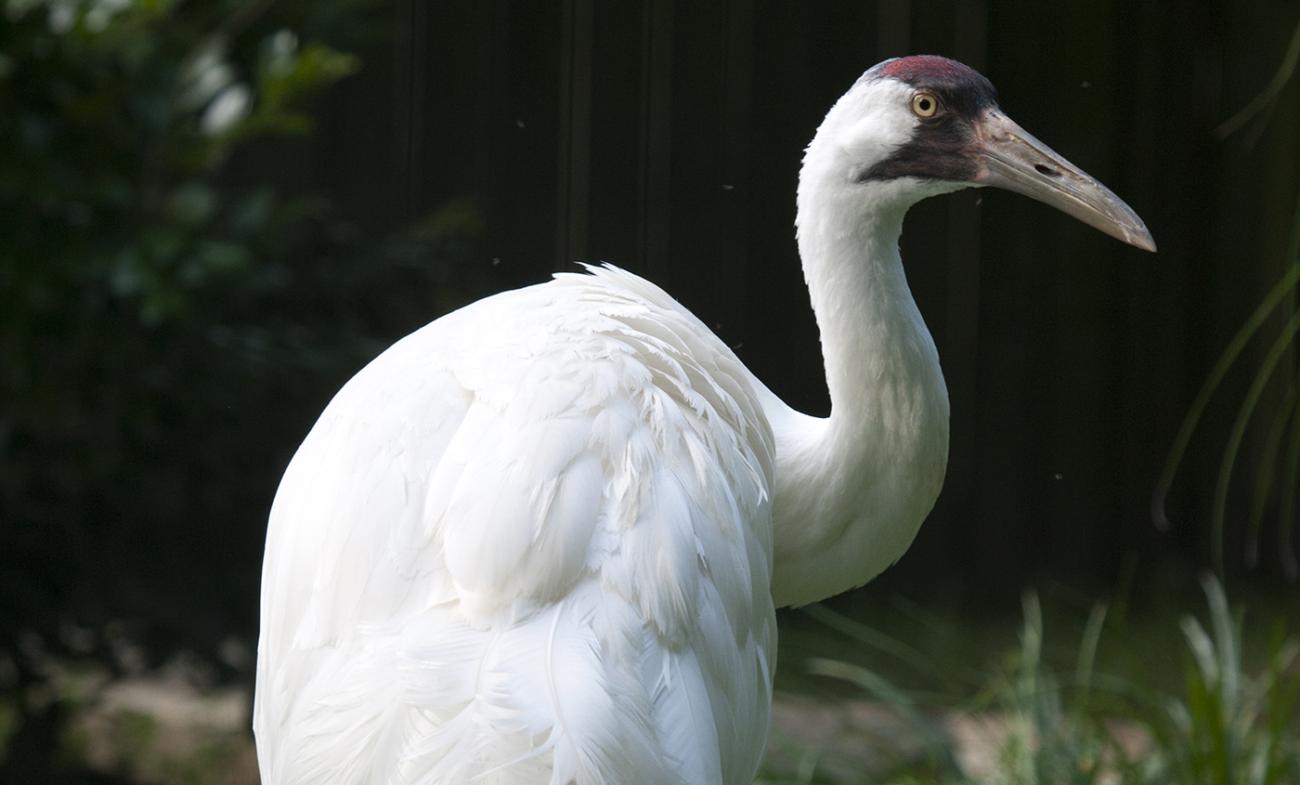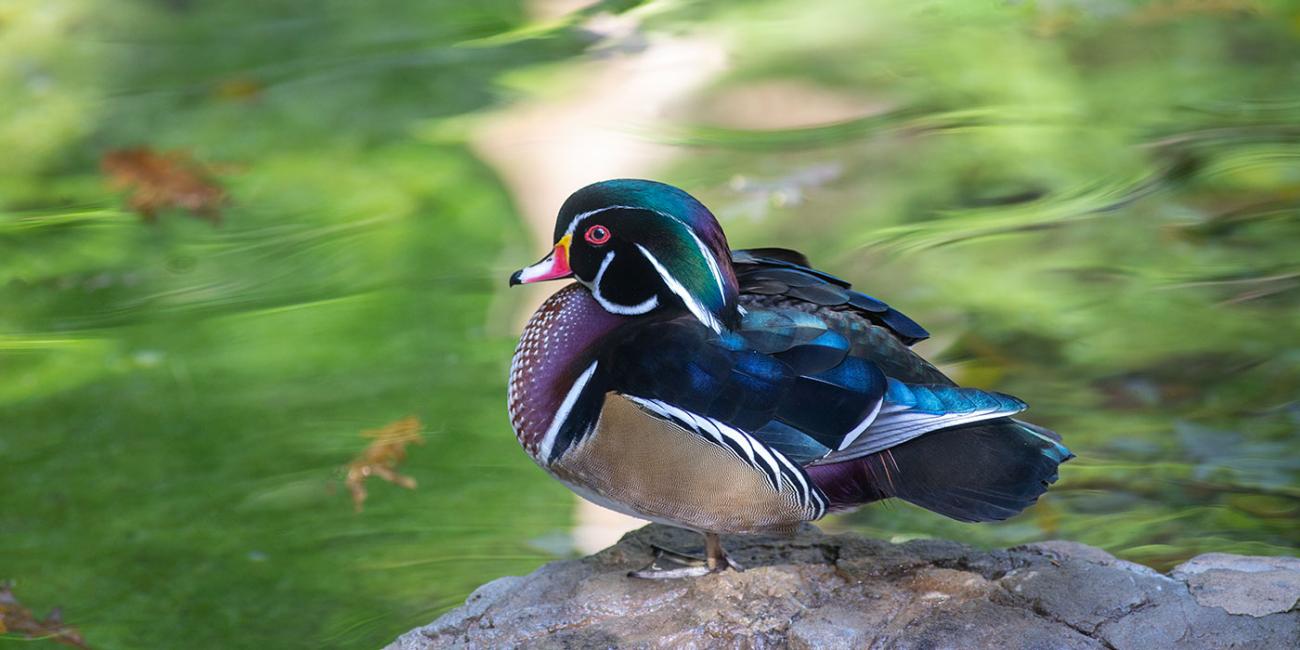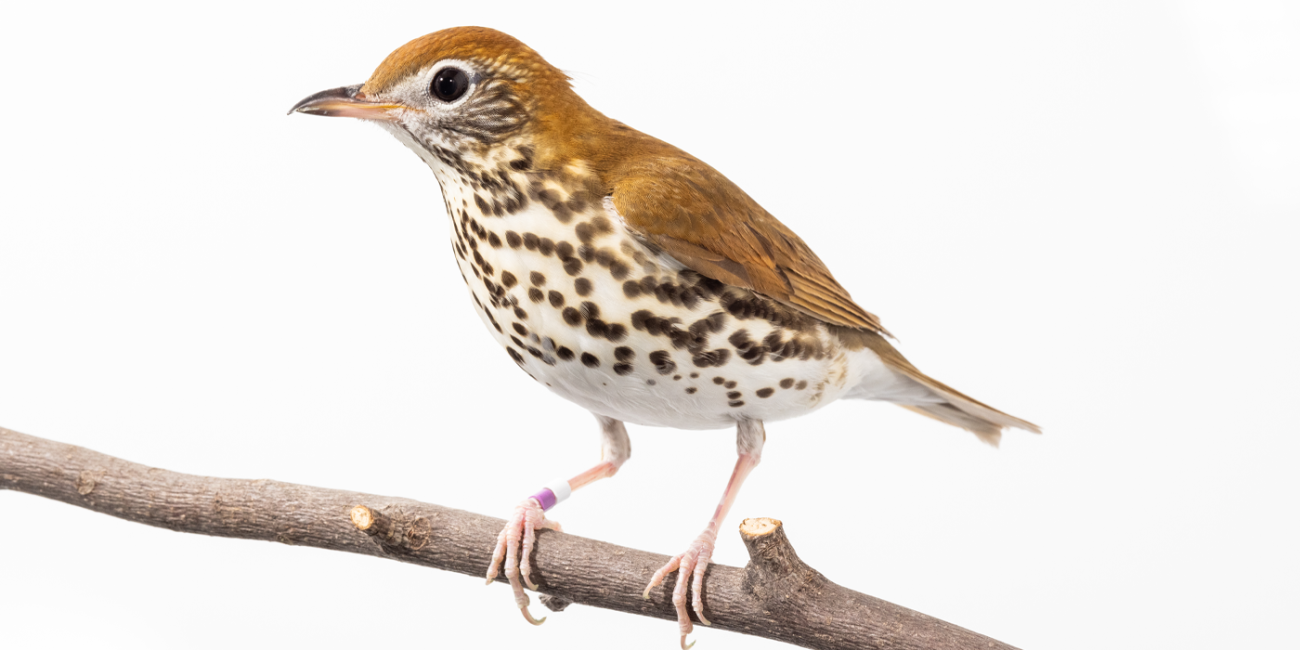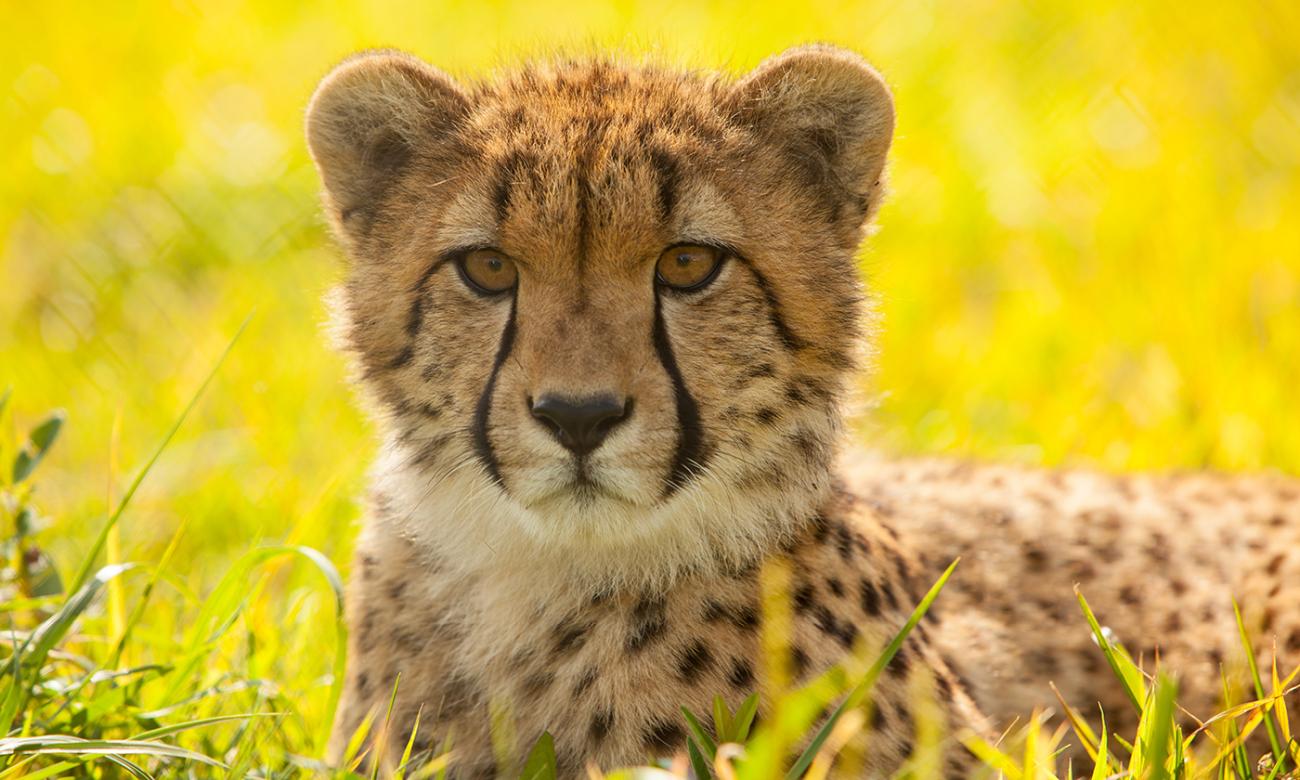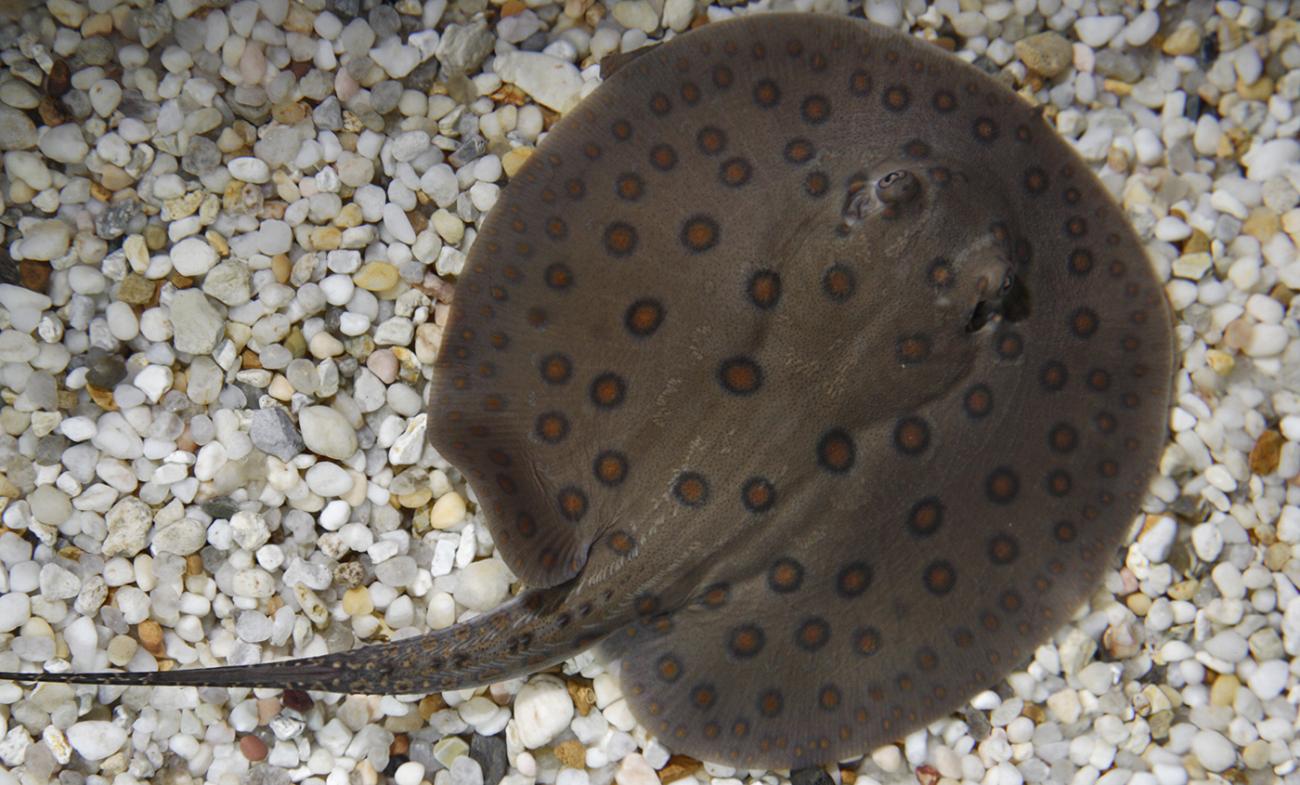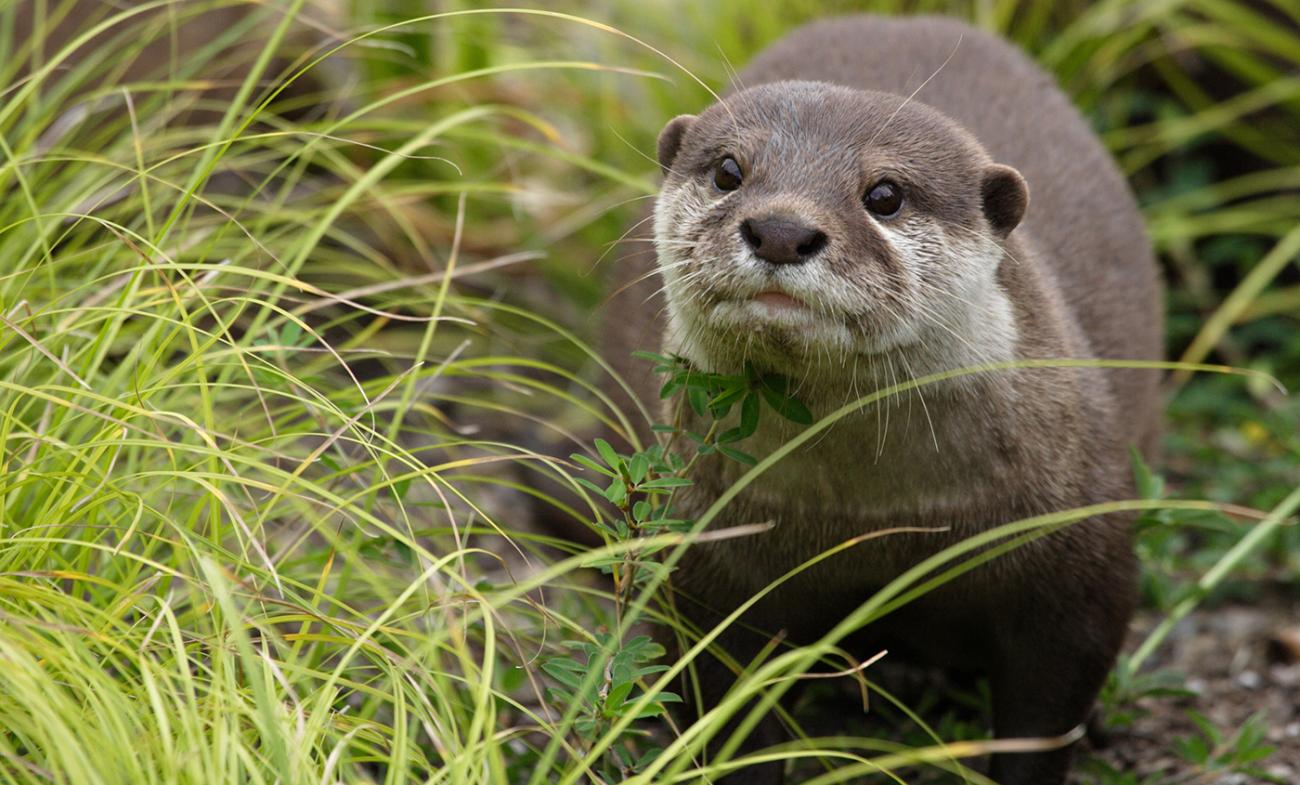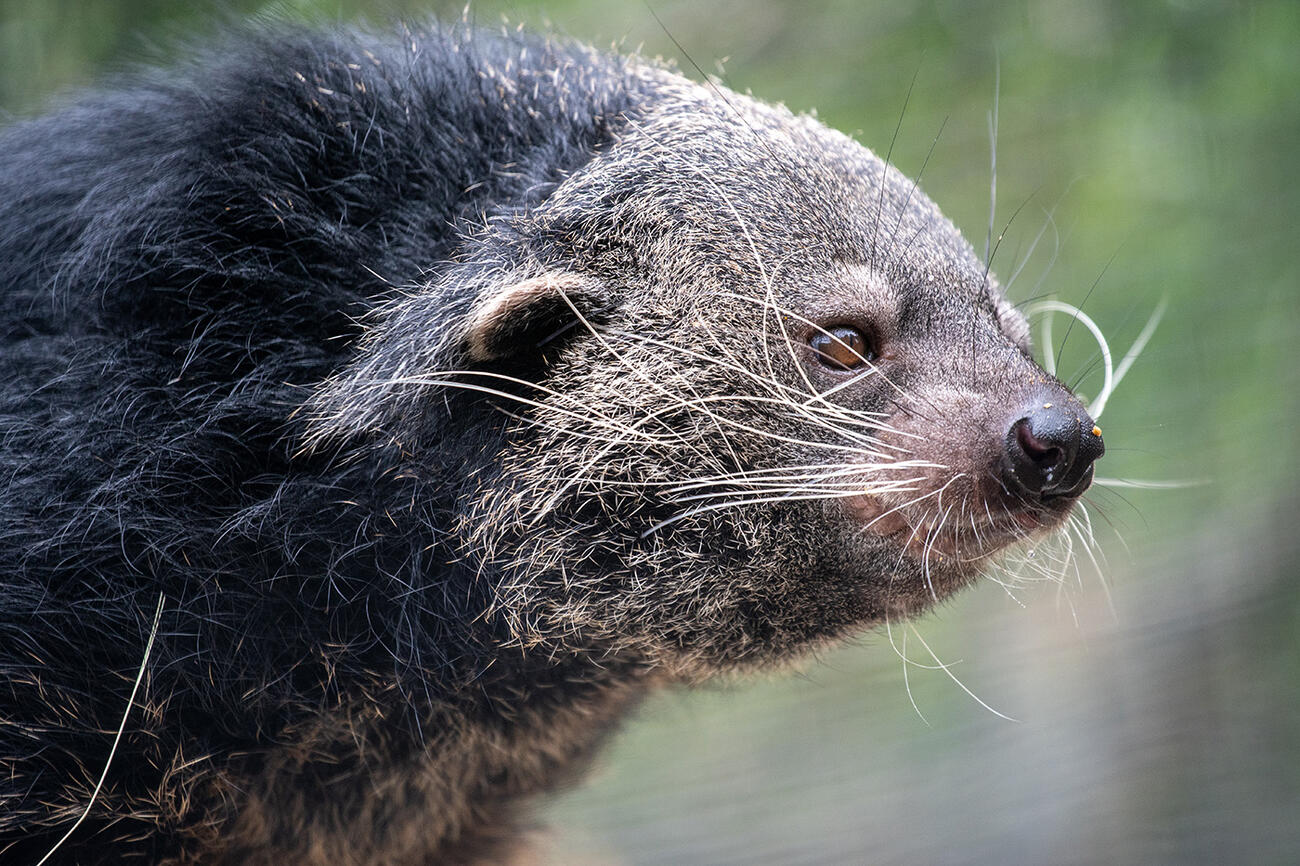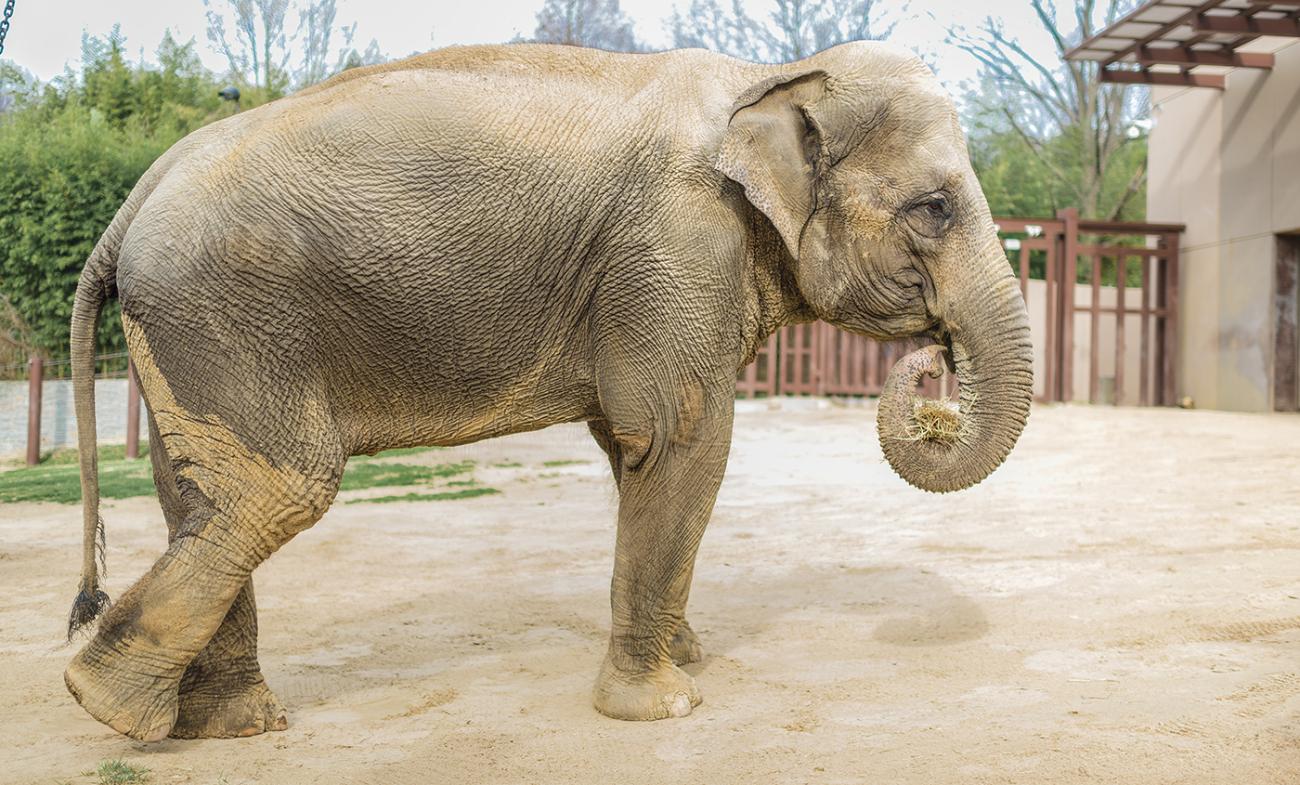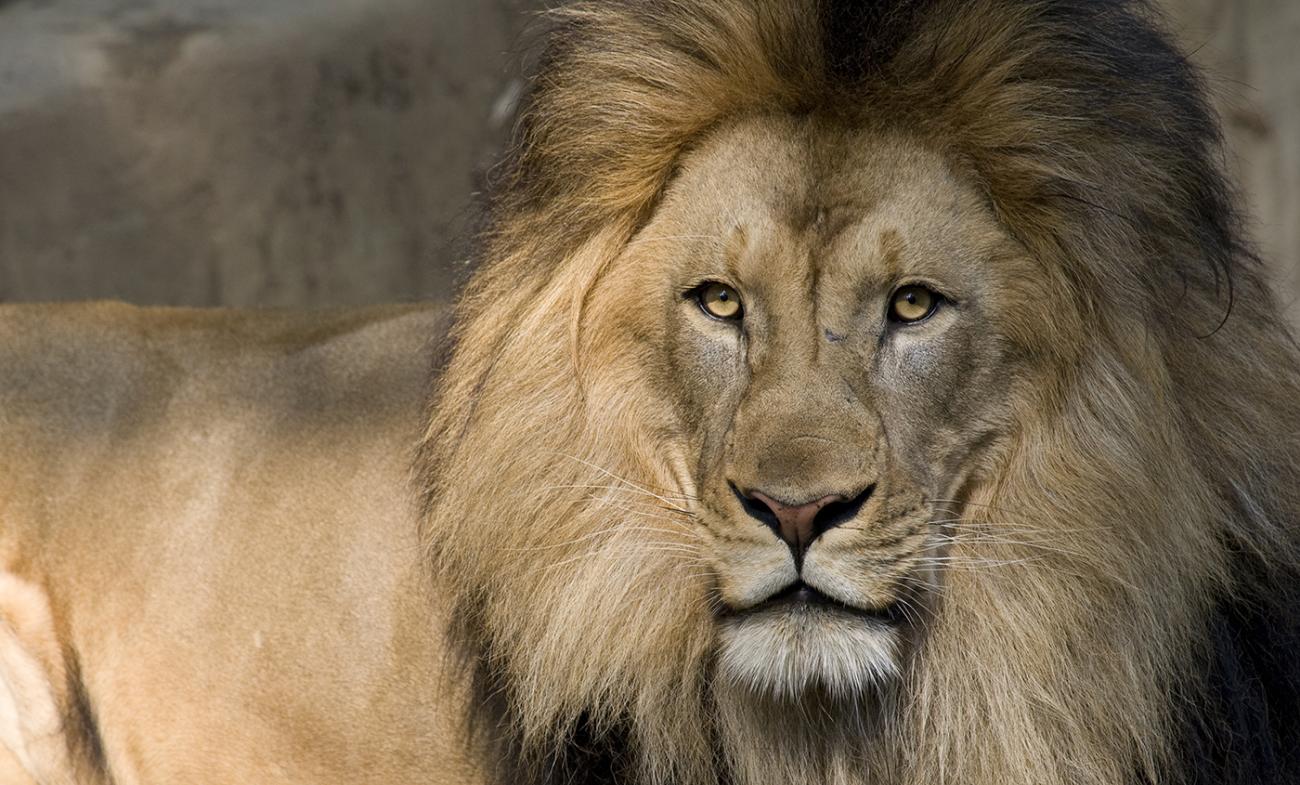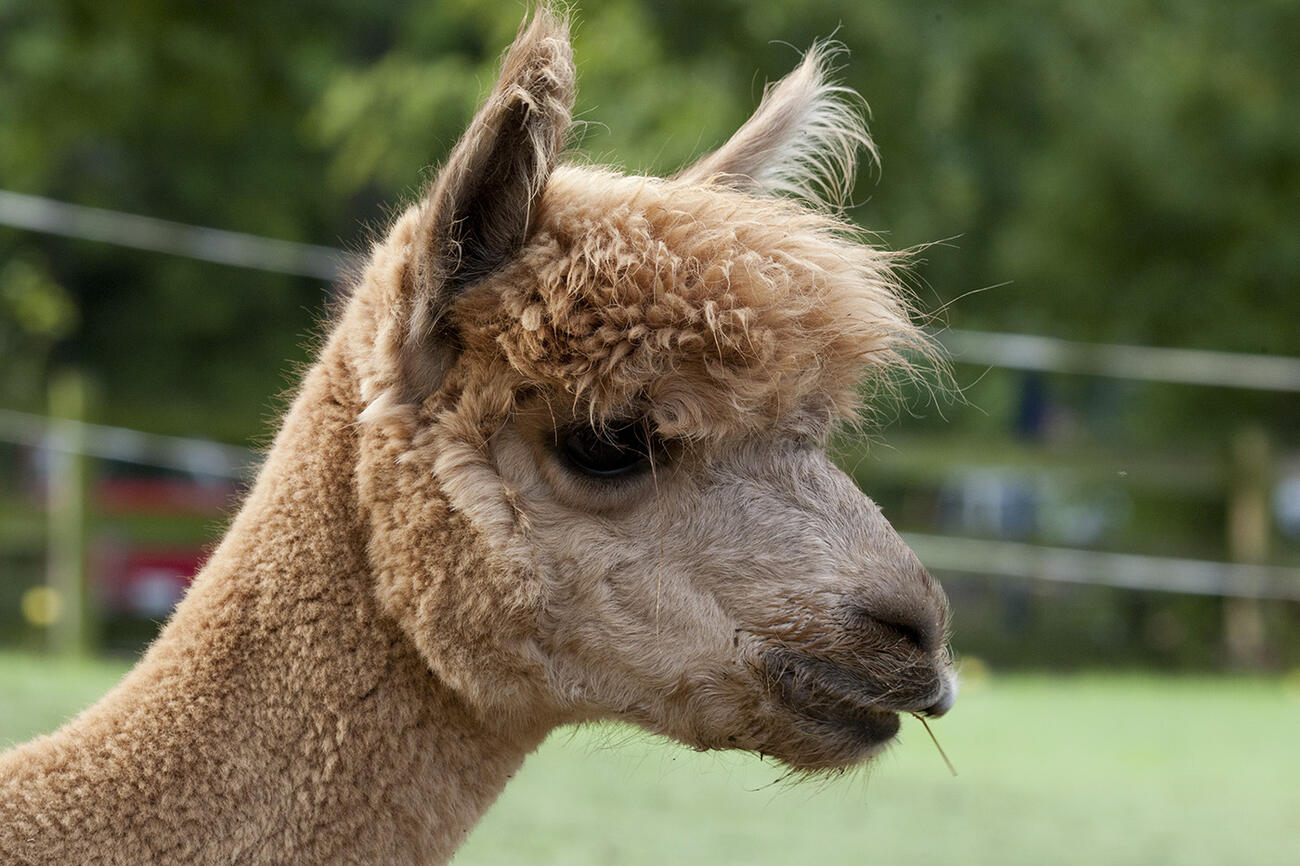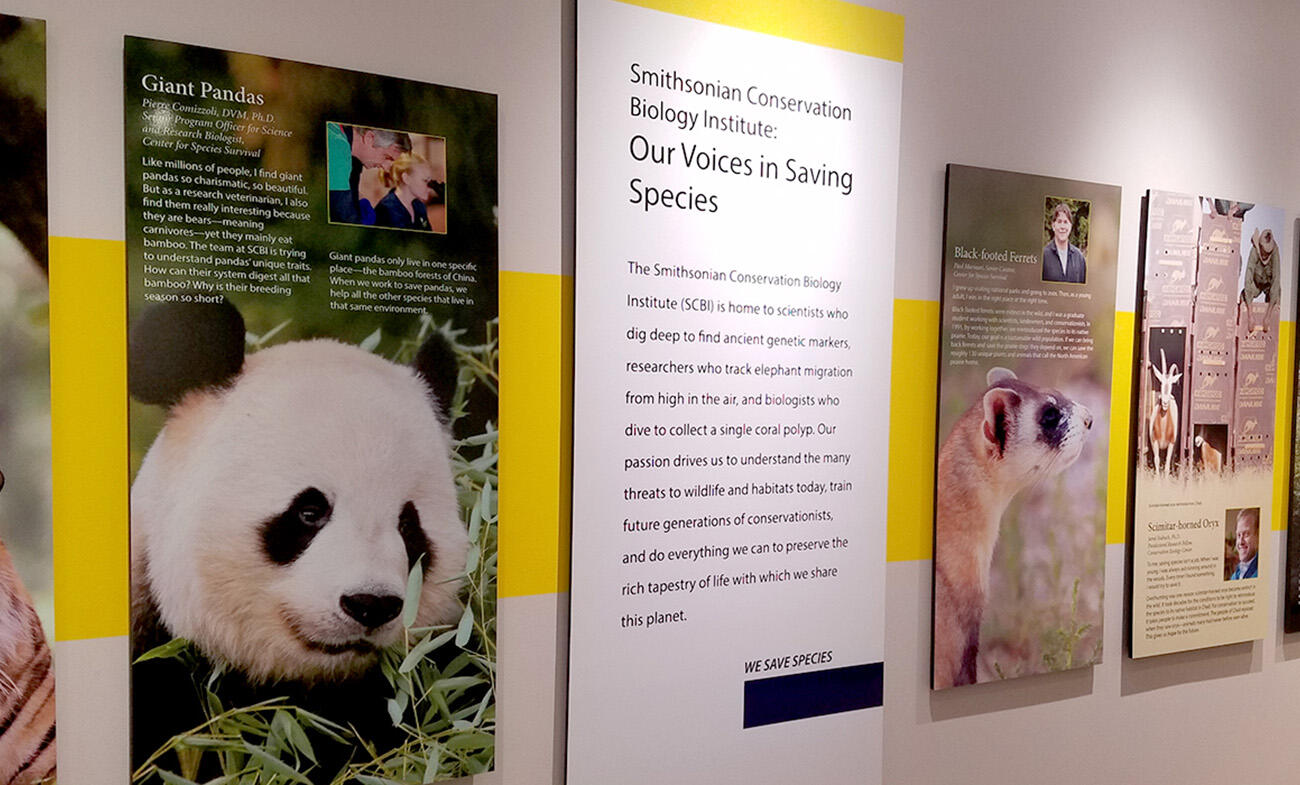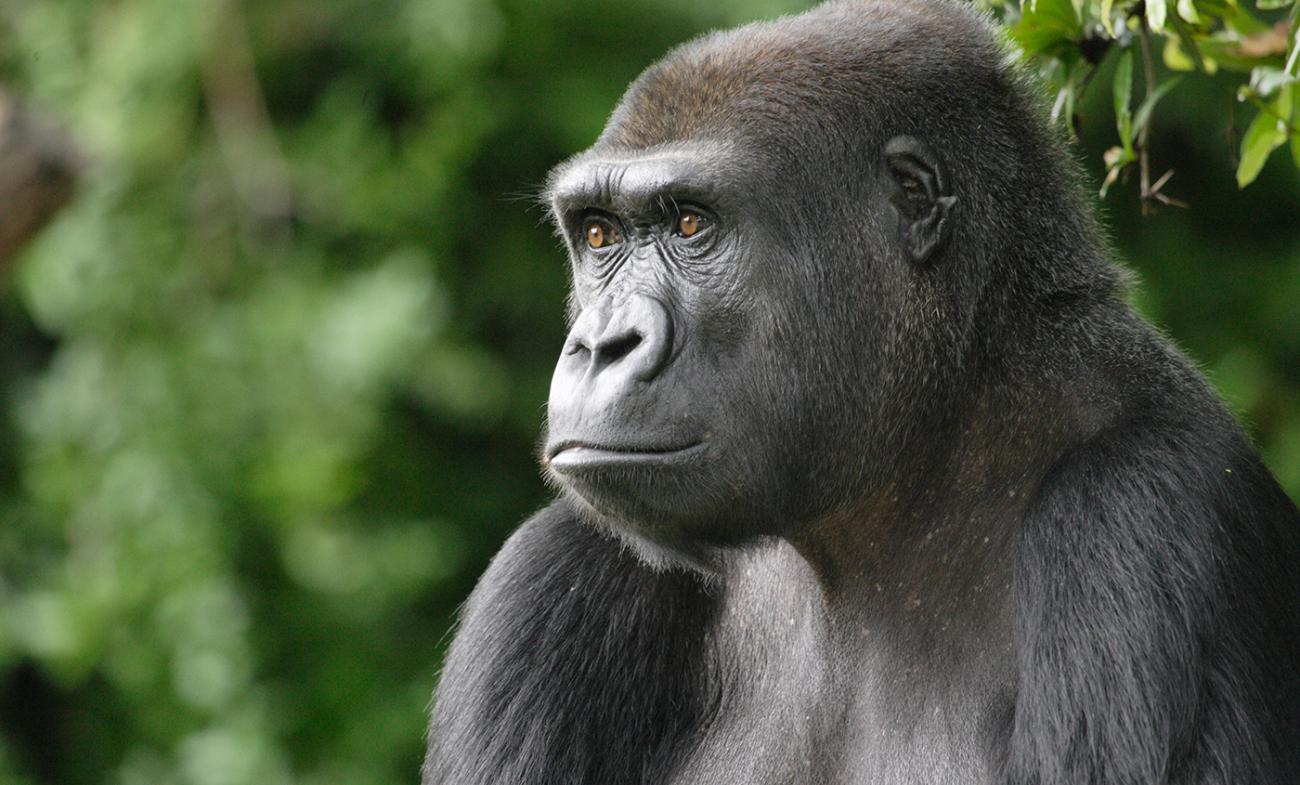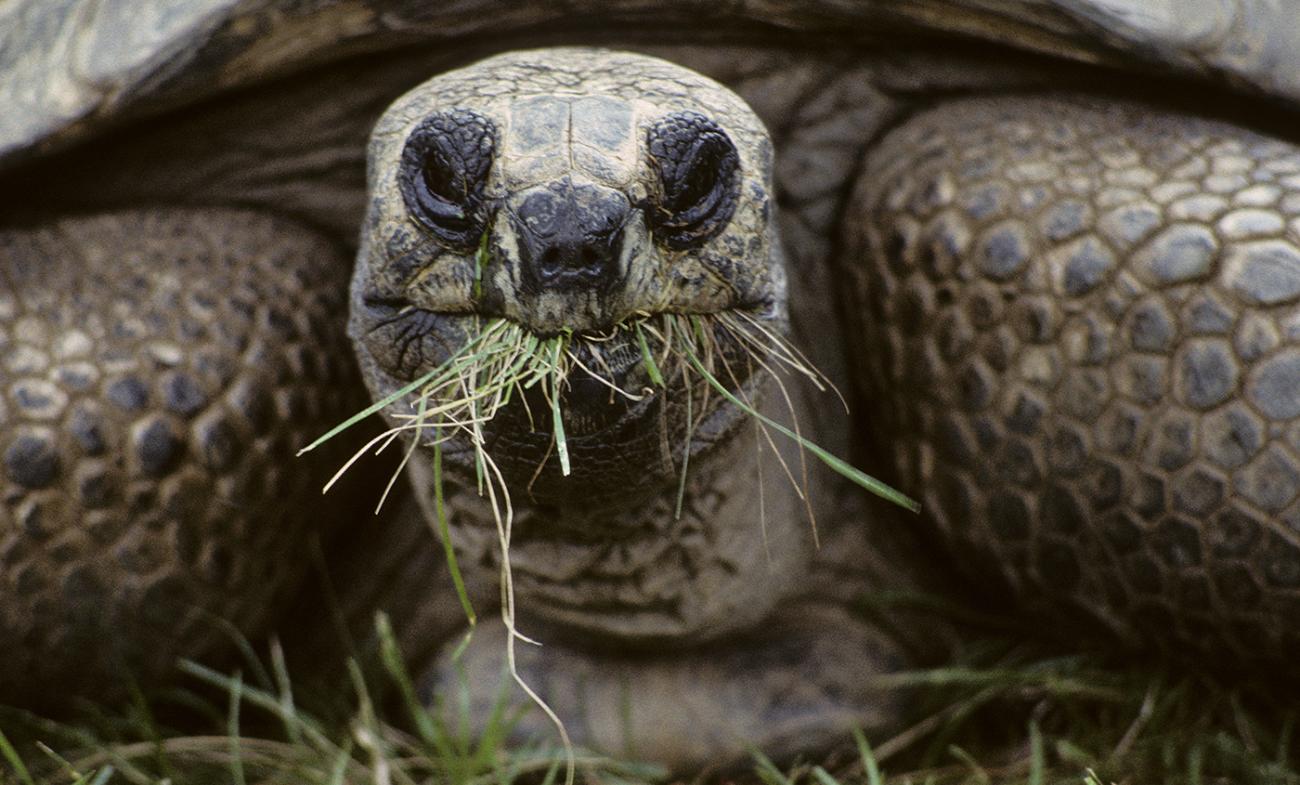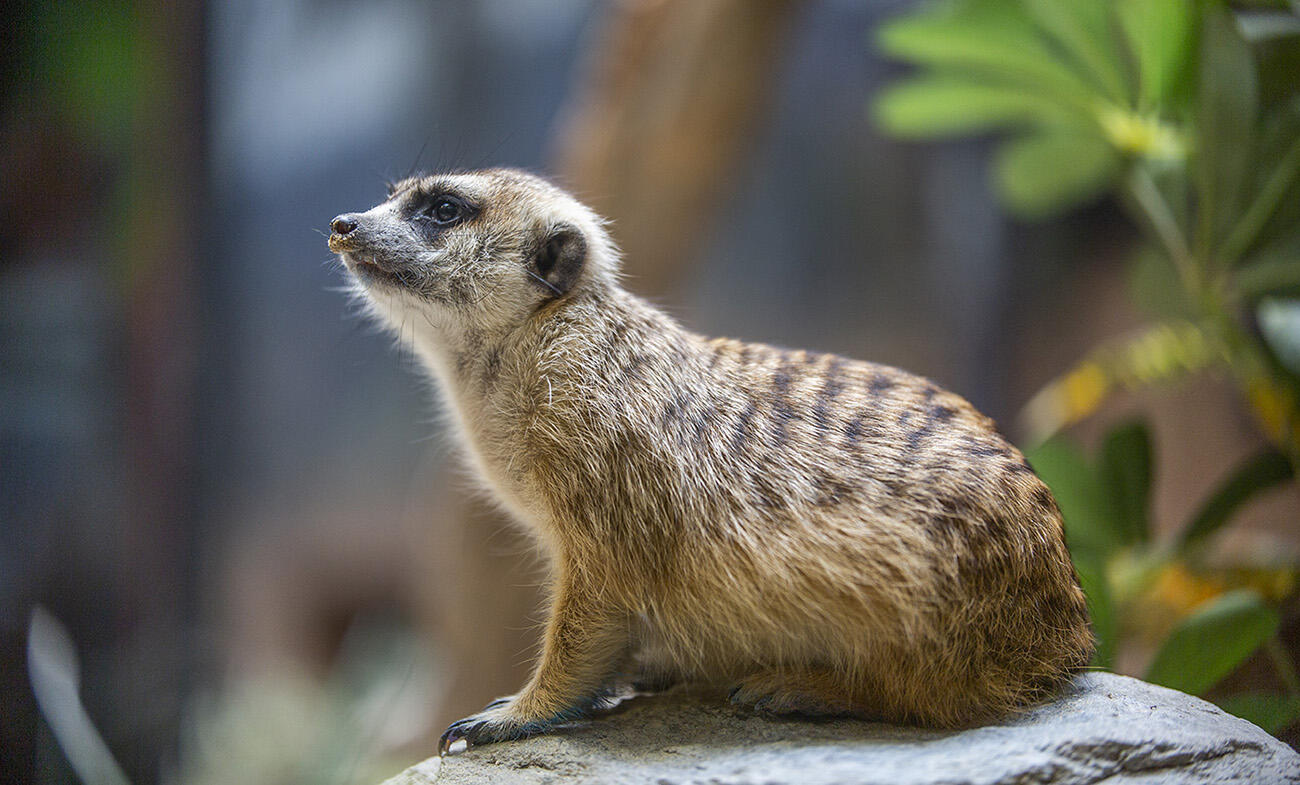Animals in this Exhibit
Explore the Bird House
Step into the vibrant world of North American shorebirds, waterfowl, and songbirds at the Smithsonian’s National Zoo. Wander through immersive aviaries that replicate natural ecosystems, where over 80 species of birds roam freely. From the shores of the Delaware Bay to lush Midwestern prairie potholes and tropical bird-friendly coffee farms, each habitat offers a glimpse into the diverse lives of these feathered creatures.
Take a Video Tour of the Bird House
What to Expect
You can explore three immersive, aviaries featuring bilingual panels in English and Spanish, highlighting dozens of bird species that migrate across the Americas annually.
For young children, the Washington Wood Thrush serves as a friendly guide through each of the exhibit areas.
In the Observatory room, visitors can learn how Smithsonian Migratory Bird Center staff conduct wild bird banding and use satellite tracking to follow the movement of birds.
Plus, daily keeper talks and feeding demonstrations allow you to get up close to the resident birds and meet the keepers who care for them.
Outside the Bird House
Discover birds native to the Western Hemisphere— including turkeys, sandhill cranes, and flamingos — in the outdoor plateau. Explore a bird-friendly garden showcasing native plants like purple coneflowers and downy serviceberry trees, creating essential habitats for local wildlife.
The Smithsonian’s animal care experts understand that the environment animals live in is a critical aspect of their well-being; therefore, each free-flight aviary in the Bird House is designed to suit species’ specific needs and give the birds an outlet to use their natural behaviors.
Habitat areas in the Delaware Bay aviary, for example, were designed to include a mix of ground cover that includes sand, rocks, clay, grass matting and salt water. Driftwood and rocks—which the birds would encounter in their natural environment—serve as “furniture” for perching. Their habitat also contains a running water feature, which gives the birds a space to wade near the water’s edge.
Additionally, the Zoo’s Bird House keepers provide the animals with special enrichment items to keep them physically active and mentally sharp. Enrichment can range from using natural materials (such as pine needles or driftwood) in their habitat, to presenting their food in a way that encourages foraging (like hiding worms under leaves).
Environmental enrichment can also influence the birds’ chances of successfully producing chicks. At the start of the breeding season, Bird House keepers “set the mood” by providing a variety of nesting materials—such as dried moss, raffia, cotton, fur, coconut fibers and even cobwebs—so the birds can pick and choose how to assemble and decorate their nests. Many birds choose to take advantage of small, man-made baskets placed throughout the habitats by adding nesting material to them.
Diet and Feeding
The Zoo’s Bird House staff considers each species’ food preferences, weight and physiology to provide species-appropriate, nutritionally balanced diets that will support the birds over their lifetime and allow them to thrive in human care.
Migratory songbirds and shorebirds have different dietary and nutritional needs than their non-migratory counterparts. For instance, migratory birds gain weight during key points in their annual migration cycle. In the wild, this is key to their survival-- the extra calories (i.e., energy) enable them to fly thousands of miles to reach their breeding grounds in spring or wintering grounds in fall. Migratory songbirds at the Zoo exhibit the same physiological weight change.
Working closely with the Zoo’s Department of Nutrition Sciences, Bird House keepers provide food items that replicate what the birds would be eating based on the time of year. In spring and summer, the birds are fed more insects, which are both rich in protein and easy to find in their northern breeding grounds. In the colder months, the birds eat more fruit, just as they would in their tropical wintering habitats.
The Zoo’s animal care staff carefully considers the birds’ weight and physiology to make daily tweaks and seasonal adjustments to their diets. Through positive reinforcement training, Bird House keepers are able to regularly monitor the animals’ weights. Keepers cue the birds to voluntarily “station” (stand still upon a scale) while they take note of their weights. If the birds choose to participate, they receive a favorite food item as a reward. This careful monitoring ensures the birds are kept within the weight ranges that their wild counterparts exhibit.
Now more than ever, raising awareness about the plight of migratory birds is key to their survival.
Since 1970, bird populations in the U.S. and Canada have declined by 29%, or almost 3 billion birds, signaling a widespread ecological crisis. Studies show tremendous losses across diverse groups of birds and habitats — from iconic songsters such as meadowlarks, to long-distance migrants such as swallows and backyard birds including sparrows. More than one-third of North America’s birds are at risk of going extinct unless significant action is taken to save them and their habitats.
At the Smithsonian’s National Zoo and Conservation Biology Institute, scientists and keepers are working together to study, understand and conserve common birds now––before it is too late to save them.
The Smithsonian is dedicated to understanding, conserving and championing the grand phenomenon of bird migration. Founded in 1991, and located at the Smithsonian's National Zoo in Washington, D.C., Smithsonian Migratory Bird Center scientists seek to clarify why migratory bird populations are declining before the situation becomes desperate and help raise awareness about migratory birds and the need to protect diverse habitats across the Western Hemisphere.
For more information on the Smithsonian’s bird conservation initiatives, visit the Smithsonian Migratory Bird Center web page.
Bird House Animal Demonstration Schedule
10:30 a.m. | Keeper Chat: Shorebirds (Mondays, Wednesdays and Fridays)
10:30 a.m. | Keeper Chat: Ducks (Tuesdays and Thursdays)
10:30 a.m. | Keeper Chat: Ratites (Saturdays and Sundays)
11 a.m. | Keeper Chat: Songbirds (Mondays, Wednesdays, and Fridays)
11 a.m. | Keeper Chat: Curassow (Tuesdays only)
11 a.m. | Keeper Chat: Flamingos (Thursdays only)
11 a.m. | Keeper Chat: Turkeys (Saturdays and Sundays)

